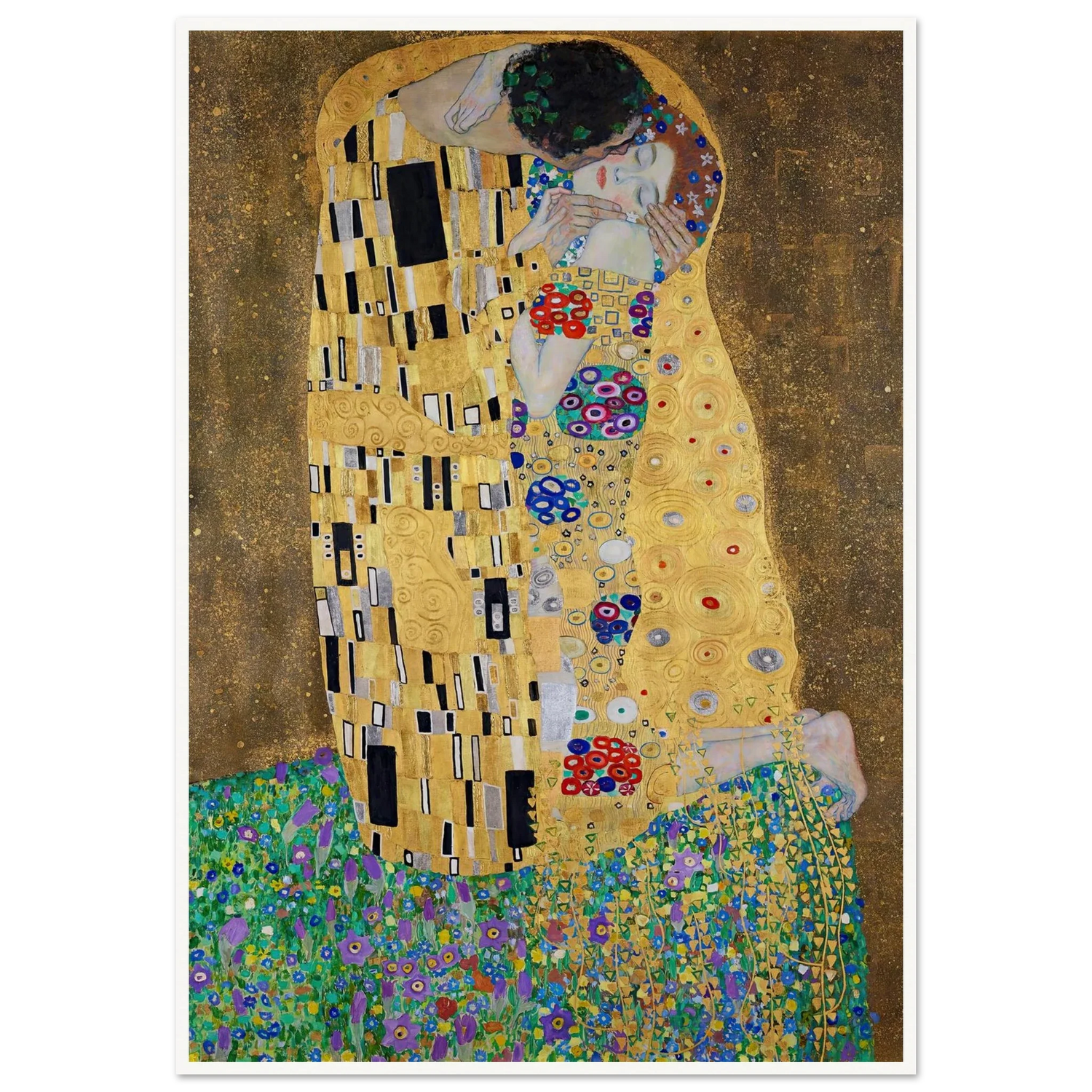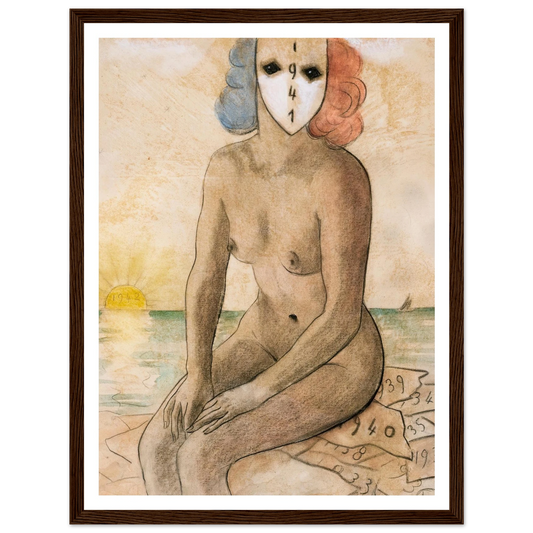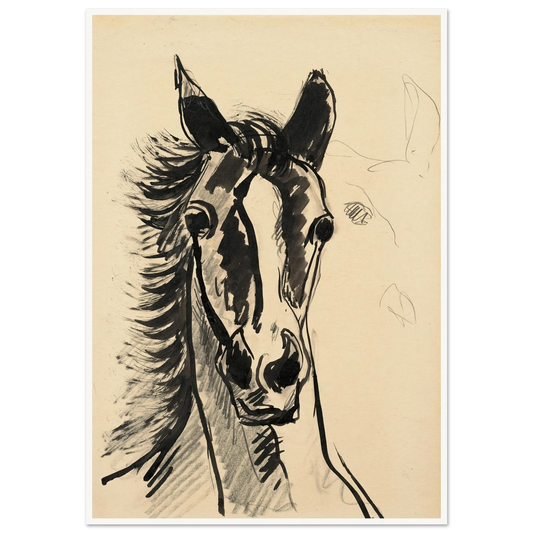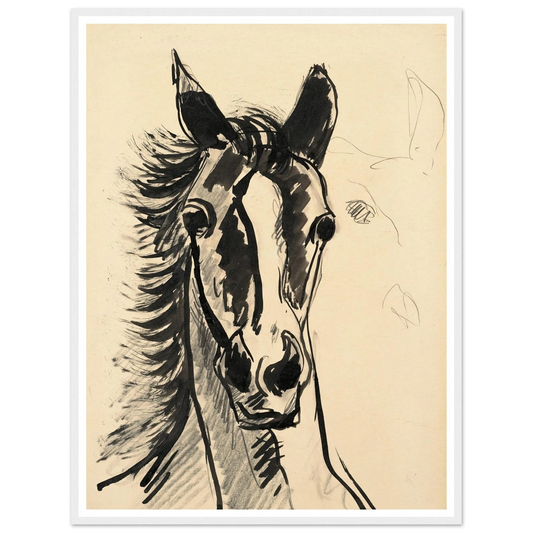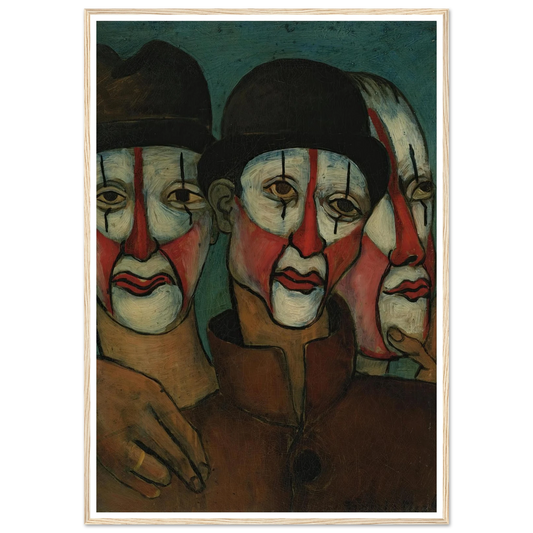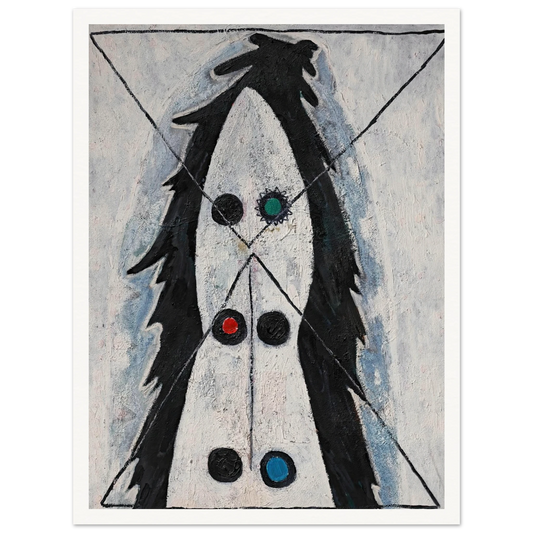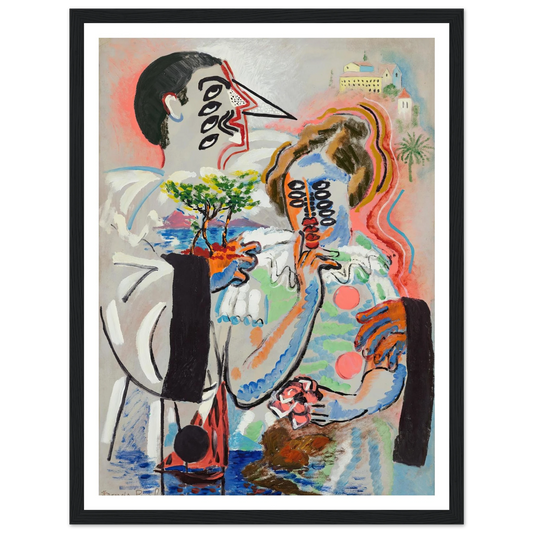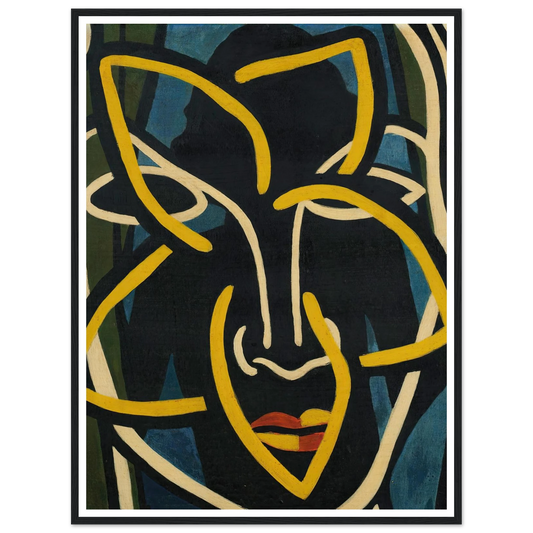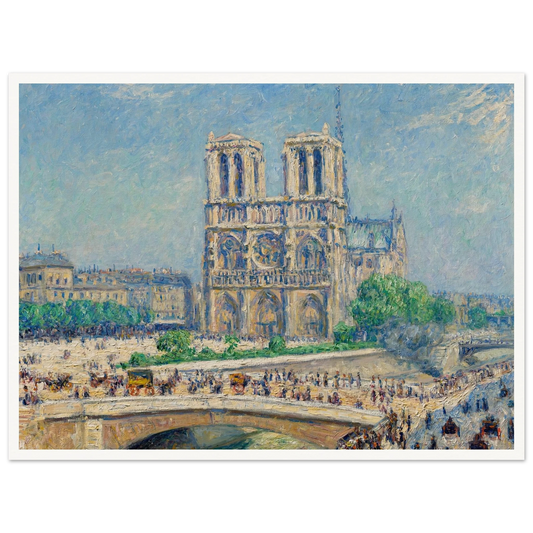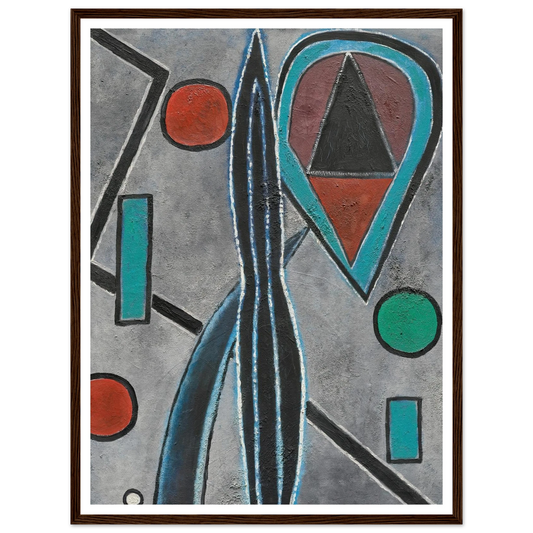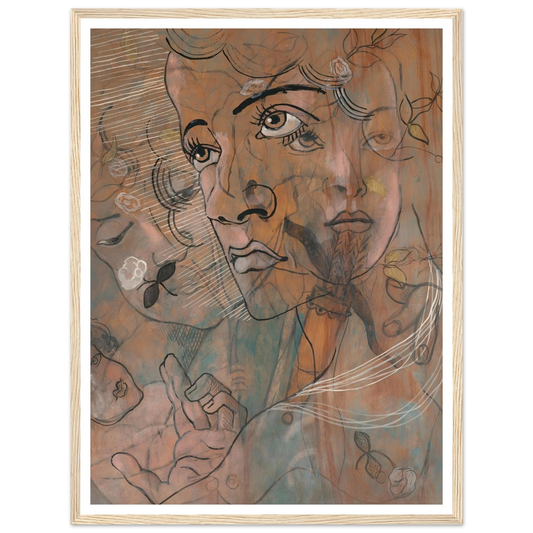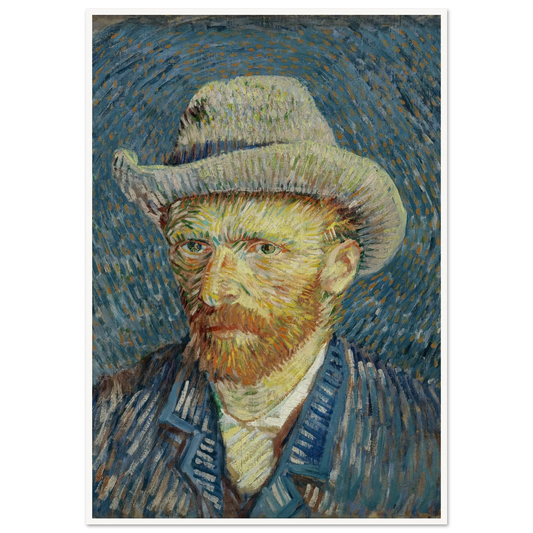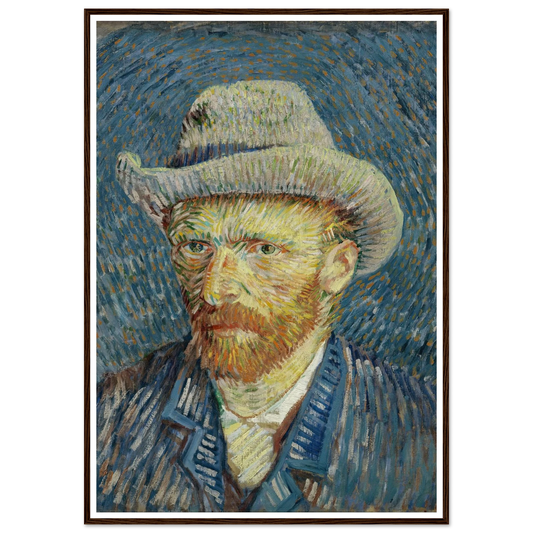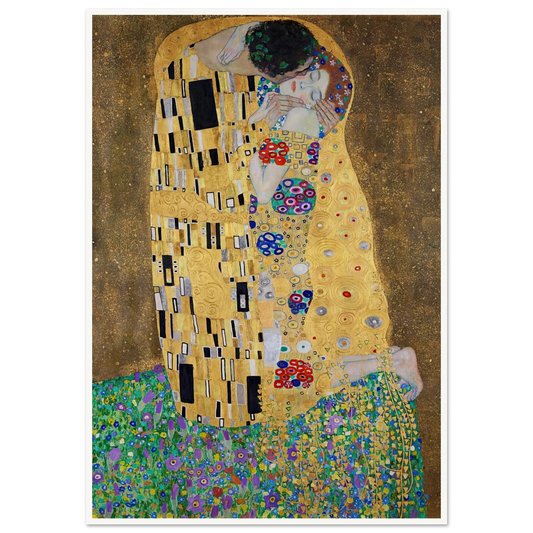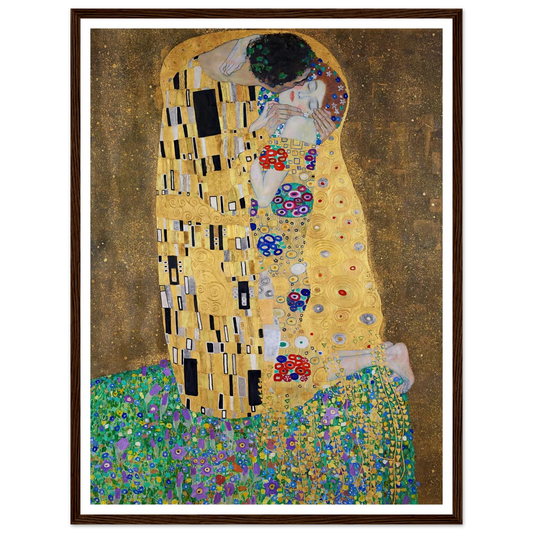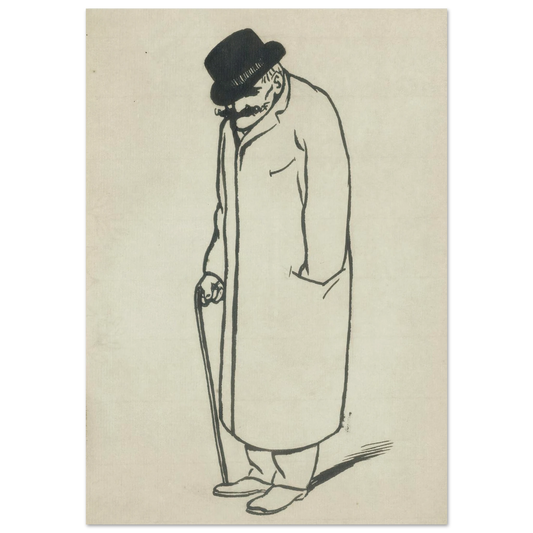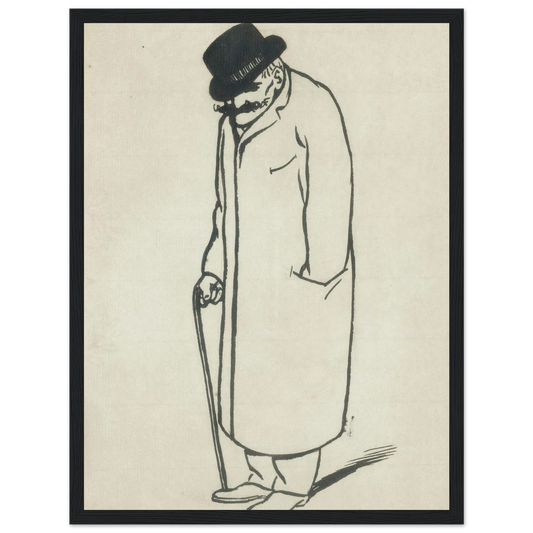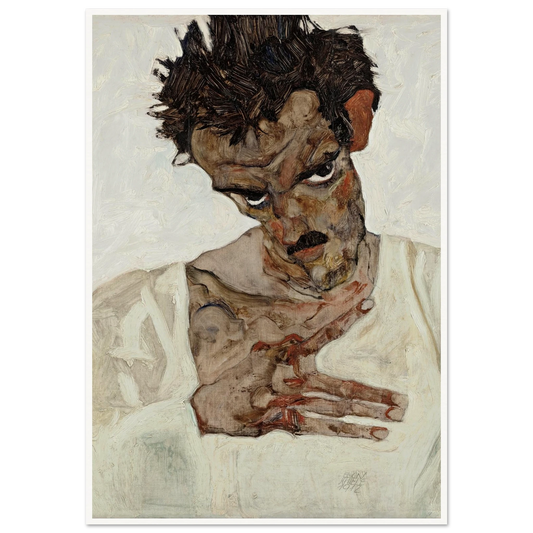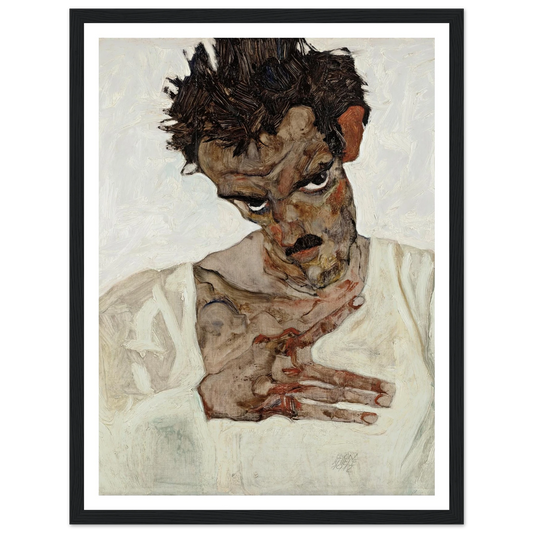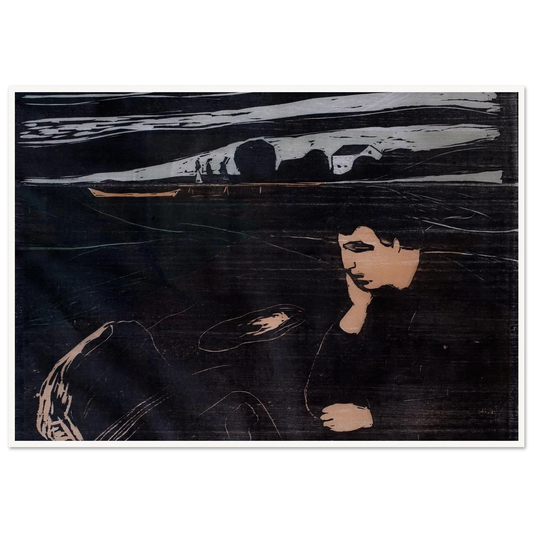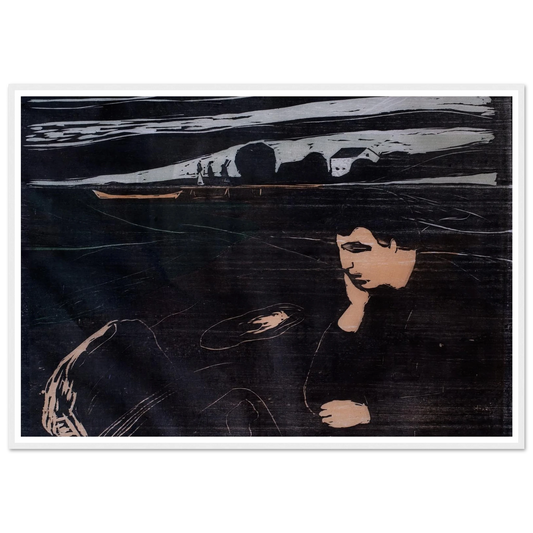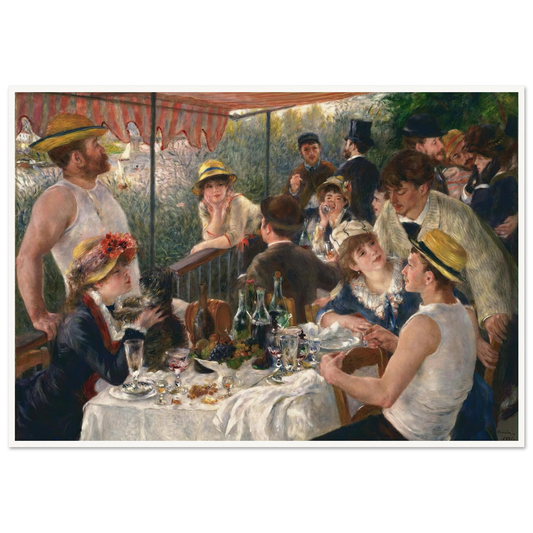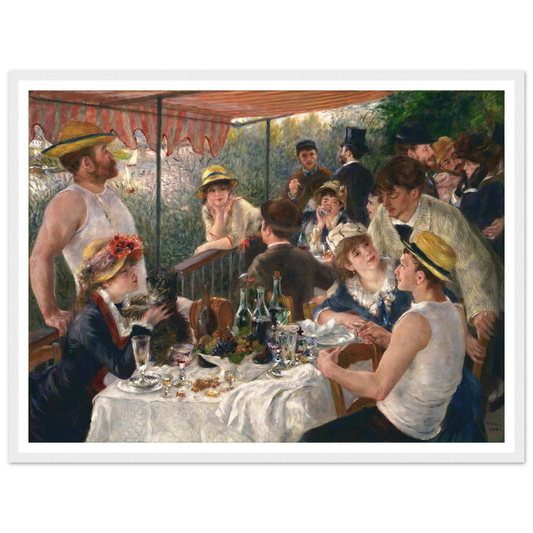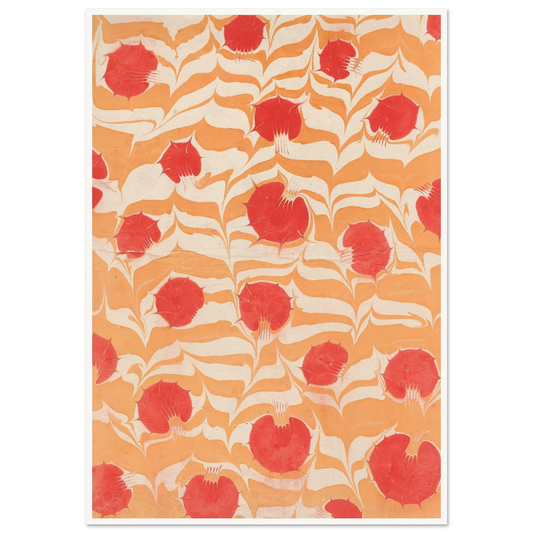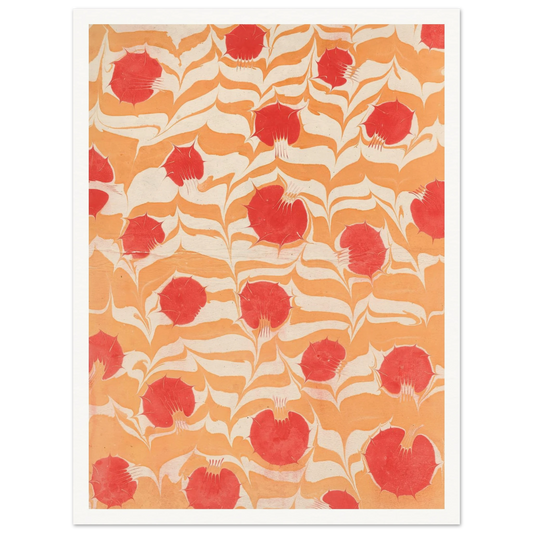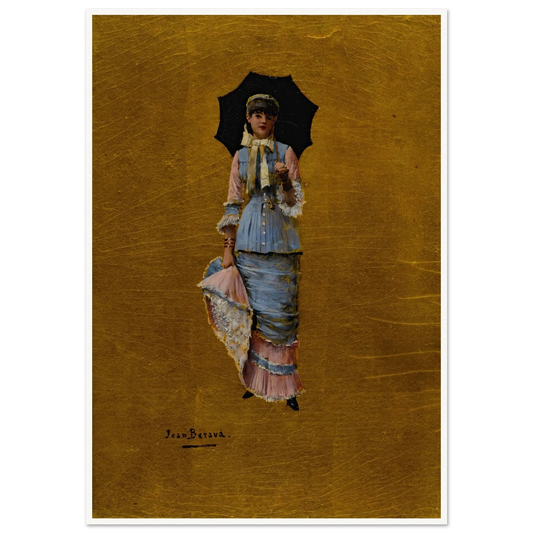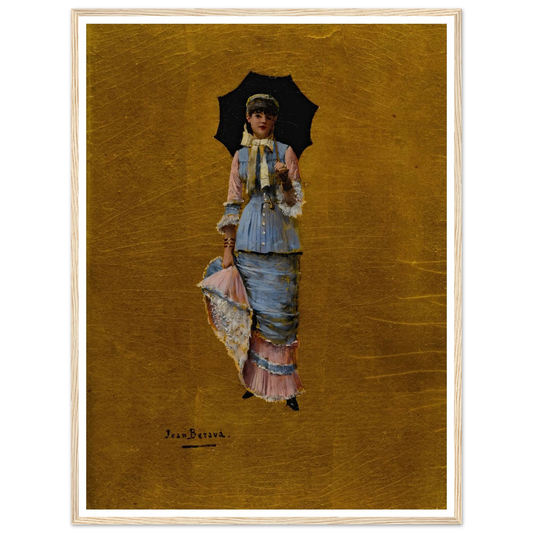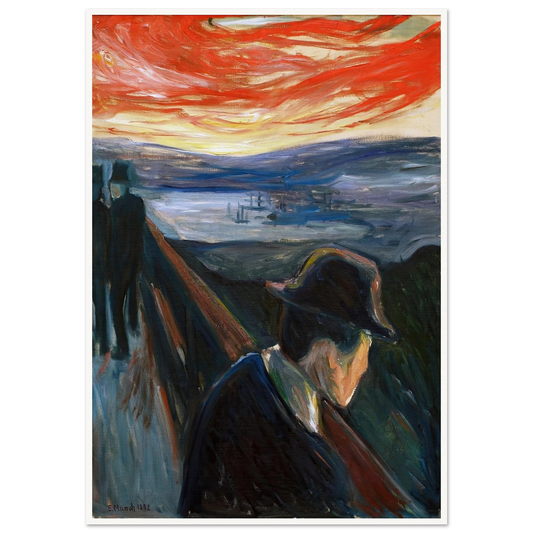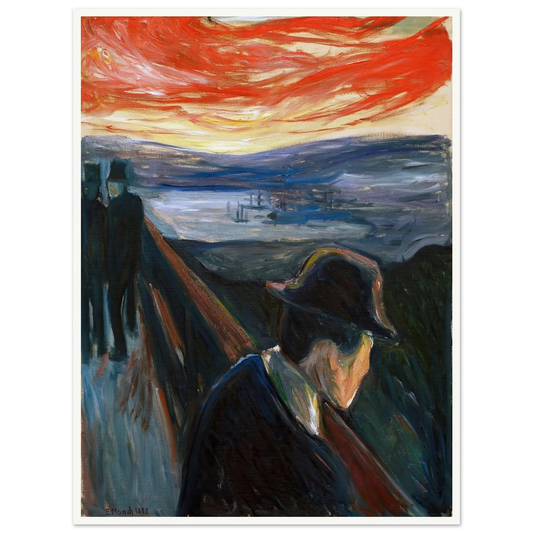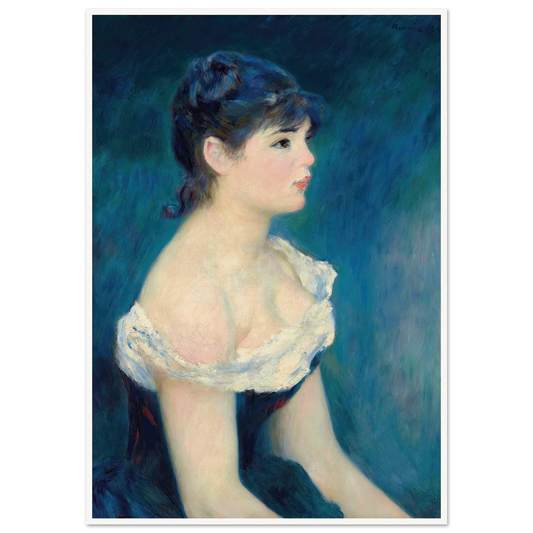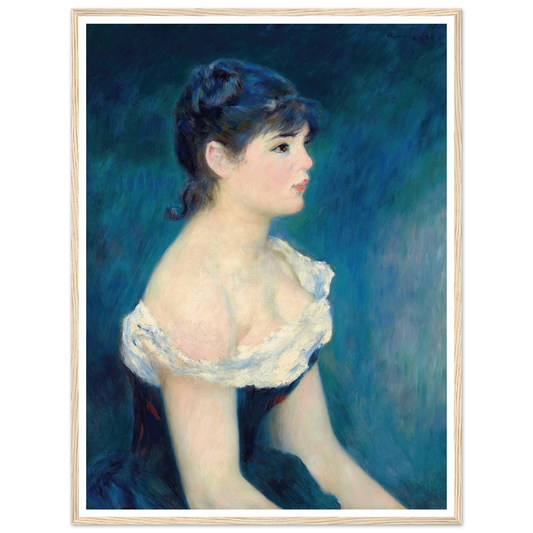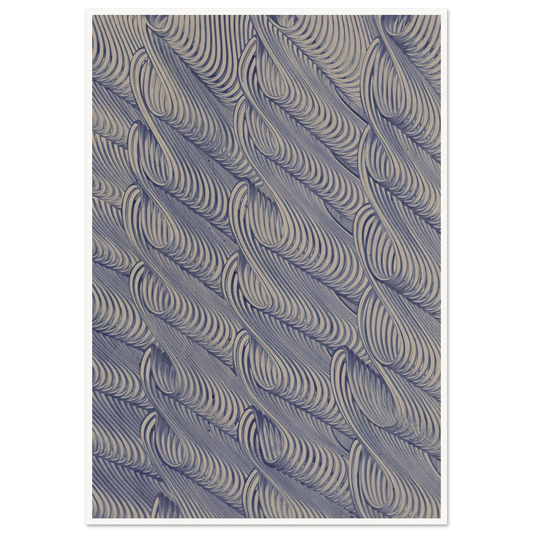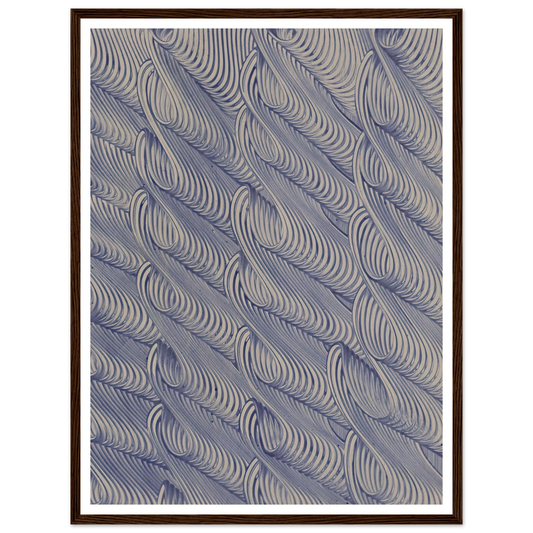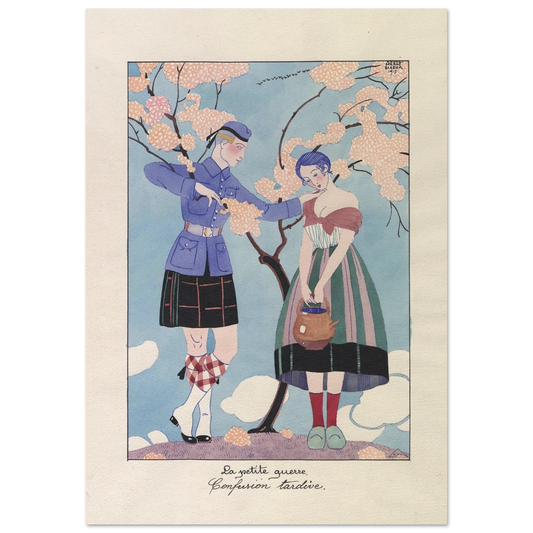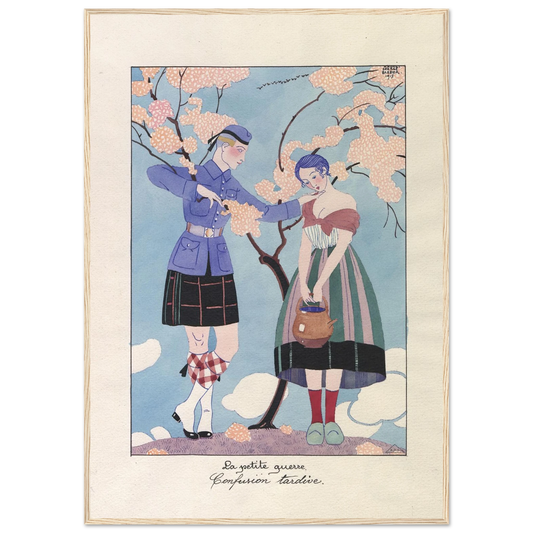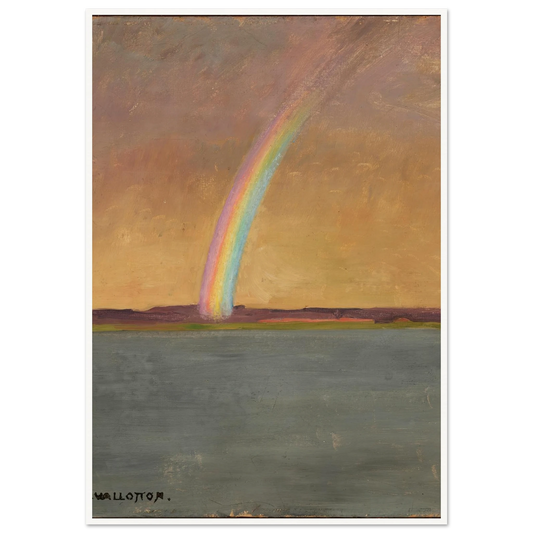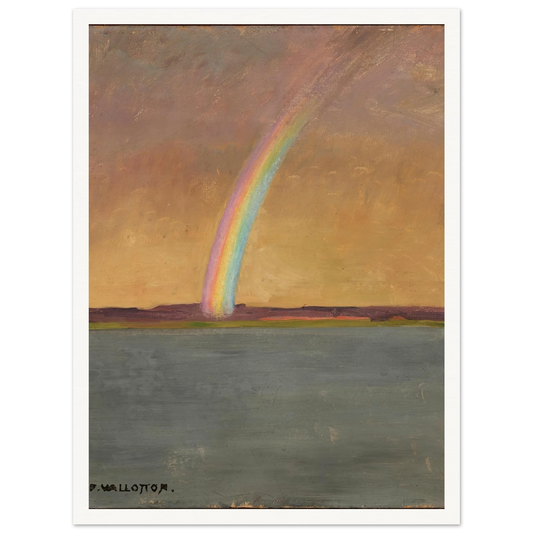Visage de Femme Art Print | Francis Picabia
Visage de Femme Art Print | Francis Picabia
- Dieses Kunstwerk kommt zu Ihnen – mit kostenlosem Versand in die USA, nach Kanada, Großbritannien, Europa, Australien und Neuseeland.
Verfügbarkeit für Abholungen konnte nicht geladen werden
Bring the bold spirit of Francis Picabia’s art into your home with Quipham’s high-quality art prints. Printed on premium archival matte paper with vibrant, long-lasting inks, each piece captures the energy, experimentation, and color of Picabia’s groundbreaking works.
Francis Picabia (1879–1953) was a pioneering French avant-garde artist known for his role in Dada and Surrealism. His paintings defy convention, blending abstraction, figuration, and mechanical imagery into a uniquely modern vision. Our curated Picabia prints allow you to showcase his innovative style, adding sophistication, history, and artistic edge to any space.
Größentabelle
Größentabelle


Über den Künstler
Über den Künstler
Francis Picabia was a French avant-garde painter, poet and typographist. After experimenting with Impressionism and Pointillism, Picabia became associated with Cubism. His highly abstract planar compositions were colourful and rich in contrasts. He was one of the early major figures of the Dada movement in the United States and in France. He was later briefly associated with Surrealism, but would soon turn his back on the art establishment.
Francis Picabia was born in Paris of a French mother and a Cuban father of Spanish descent. Some sources would have his father as of aristocratic Spanish descent, whereas others consider him of non-aristocratic Spanish descent, from the region of Galicia. His birth year of 1879 coincided with the Spanish-Cuban Little War; and though Picabia was born in Paris, his father was involved in Cuban-French relations and would later serve as attaché at the Cuban legation in Paris (see the Treaty of 1898). The family ties to Cuba would be important in Picabia's life later on.
The family was affluent, but not without tragedy. Picabia's mother died of tuberculosis when he was seven and her mother died soon after. He was raised by his father.
Picabia's artistic ability was apparent from his youth. In 1894, he copied a collection of Spanish paintings that belonged to his grandfather, switching the copies for the originals and selling the originals to finance his stamp collection.
During the late 1890s, Picabia began to study art under Fernand Cormon and others at École des Arts Decoratifs, Cormon's academy at 104 boulevard de Clichy, where Van Gogh and Toulouse-Lautrec had also studied. From the age of twenty Picabia lived by painting. Subsequently, he inherited money from his mother, making him financially independent.
Early in his career, from 1903 to 1908, Picabia was influenced by the Impressionist paintings of Alfred Sisley. His subject matter included small churches, lanes, roofs of Paris, riverbanks, wash houses, and barges. This led critics to question his originality, saying that he copied Sisley, that his cathedrals looked like Monet cathedrals, or that he painted like Signac.
From 1909, his style changed as he came under the influence of a group of artists soon to be called Cubists. These artists would later form the Golden Section (Section d'Or). The same year, Picabia married Gabrielle Buffet.
Around 1911 Picabia joined the Puteaux Group, whose members he had met at the studio of Jacques Villon in Puteaux, a commune in the western suburbs of Paris. There he became friends with artist Marcel Duchamp and close friends with Guillaume Apollinaire. Other group members included Albert Gleizes, Roger de La Fresnaye, Fernand Léger and Jean Metzinger.
From 1913 to 1915 Picabia traveled to New York City several times and took an active part in the avant-garde movements, introducing Modern art to America. During that same era, France became embroiled in war. In 1915 Picabia again traveled to the United States en route to Cuba to buy molasses for a friend of his—the director of a sugar refinery. He landed in New York in June 1915. Though the stopover was ostensibly meant to be a simple port of call, he became intrigued with the city and his stay became prolonged.
The magazine 291 devoted an entire issue to him, he met Man Ray, Gabrielle and Duchamp joined him, drugs and alcohol became a problem and his health declined. He suffered from dropsy and tachycardia. These years can be characterized as Picabia's proto-Dada period, consisting mainly of his portraits mécaniques.
Later, in 1916, while in Barcelona and within a small circle of refugee artists that included Albert Gleizes and his wife Juliette Roche, Marie Laurencin, Olga Sacharoff, Robert Delaunay and Sonia Delaunay, he started his Dada periodical 391 (published by Galeries Dalmau), modeled on Stieglitz's own periodical. He continued the periodical with the help of Marcel Duchamp in the United States. In Zurich, seeking treatment for depression and suicidal impulses, he had met Tristan Tzara, whose radical ideas thrilled Picabia. Back in Paris, and now with his mistress Germaine Everling, he was in the city of "les assises dada" where André Breton, Paul Éluard, Philippe Soupault and Louis Aragon met at Certa, a Basque bar in the Passage de l'Opera. Picabia, the provocateur, was back home.
Picabia continued his involvement in the Dada movement through 1919 in Zürich and Paris, before breaking away from it after developing an interest in Surrealist art. (See Cannibale, 1921.) He denounced Dada in 1921, and issued a personal attack against Breton in the final issue of 391, in 1924.
The same year, he put in an appearance in the René Clair surrealist film Entr'acte, firing a cannon from a rooftop. The film served as an intermission piece for Picabia's avant-garde ballet, Relâche, premiered at the Théâtre des Champs-Élysées, with music by Erik Satie.
In 1922, André Breton relaunched Littérature magazine with cover images by Picabia, to whom he gave carte blanche for each issue. Picabia drew on religious imagery, erotic iconography, and the iconography of games of chance.
In 1925, Picabia returned to figurative painting, and during the 1930s became a close friend of the modernist novelist Gertrude Stein. In the early 1940s he moved to the South of France, where his work took a surprising turn: he produced a series of paintings based on the nude glamour photos in French "girlie" magazines like Paris Sex-Appeal, in a garish style which appears to subvert traditional, academic nude painting. Some of these went to an Algerian merchant who sold them, and so it passed that Picabia came to decorate brothels across North Africa under the Occupation.
Before the end of World War II, he returned to Paris where he resumed abstract painting and writing poetry. A large retrospective of his work was held at the Galerie René Drouin in Paris in the spring of 1949. Francis Picabia died in Paris in 1953 and was interred in the Cimetière de Montmartre.
Artikelbeschreibung
Artikelbeschreibung
Premium Poster
Papierveredelung: Matte, glatte und nicht reflektierende Oberfläche
Papierspezifikationen: 200 g/m² (80 lb) mit einer Dicke von 0,22 mm
(8,7 mil),
Nachhaltigkeit: FSC-zertifiziert
Poster mit Holzrahmen
Papierveredelung: Matte, glatte und nicht reflektierende Oberfläche
Papierspezifikationen: 200 g/m² (80 lb) mit einer Dicke von 0,22 mm
(8,7 mil),
Nachhaltigkeit: FSC-zertifiziert
Fertig zum Aufhängen: Enthält ein Aufhängeset für die sofortige Präsentation
Rahmenmaterial: Eichen- oder Eschenholz aus verantwortungsvoller Herkunft
Rahmenmaße: 20–25 mm (0,79"–0,98") dick, 10–14 mm (0,4"–0,6") breit.
Schutz: Bruchsichere Plexiglassicherung
Versand & Lieferung
Versand & Lieferung
Produktionszeit
Alle Wandkunstprodukte werden auf Bestellung gefertigt.
Produktionszeit: 1 Werktag
Lieferzeit
USA, Europa, Australien, Neuseeland und Kanada: 4–6 Werktage
Tage
Japan und Südkorea: 5–10 Werktage
Südamerika: 7–15 Werktage
Rest der Welt: 7–20 Werktage
(Die Lieferzeiten können je nach Standort und örtlicher
Trägerdienste.)
Rückgabe & Rückerstattung
Rückgabe & Rückerstattung
Wir bieten Rückerstattungen oder Ersatz für beschädigte, defekte oder
falsche Artikel innerhalb von 14 Tagen nach Lieferung.
Bitte senden Sie eine E-Mail an manager@quipham.com mit Ihrer Bestellnummer und
klare Fotos.
Vom Umtausch ausgeschlossen: Vom Käufer falsch bestellte Artikel (Größe, Design)
oder geringfügige Farbabweichungen.
Bei beschädigten/defekten Reklamationen ist keine physische Rücksendung erforderlich.
Rückerstattungen werden innerhalb von 14 Werktagen nach
Genehmigung.
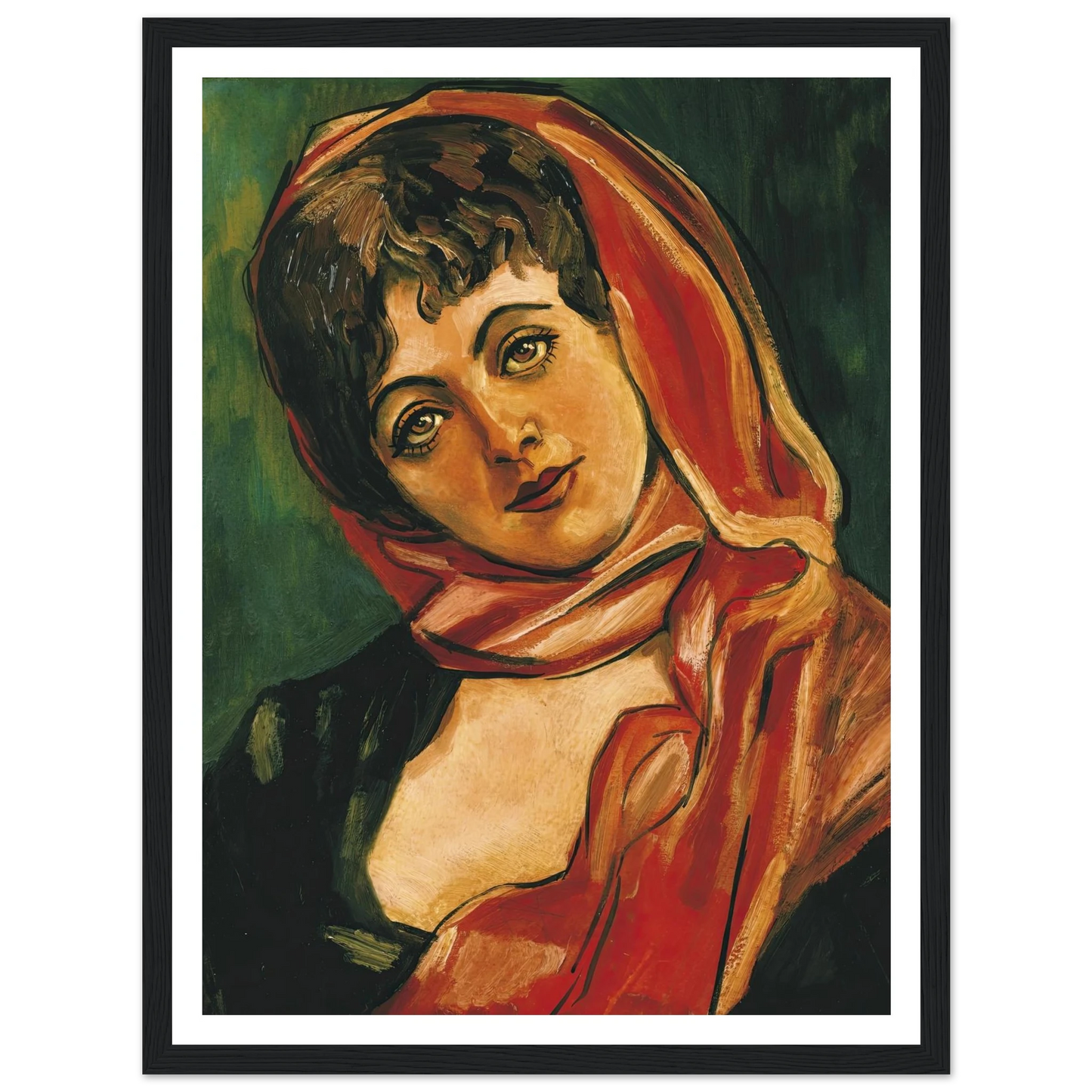
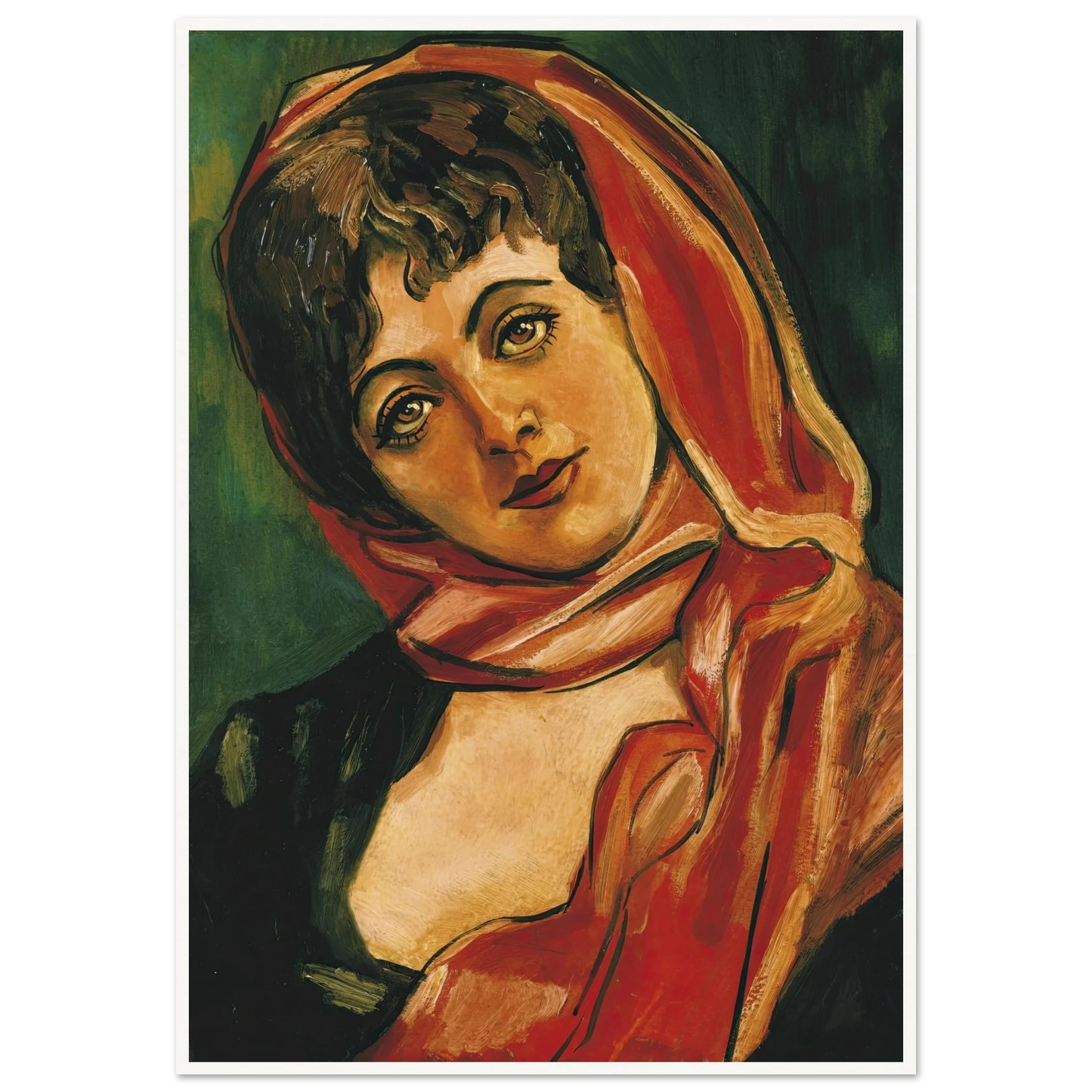
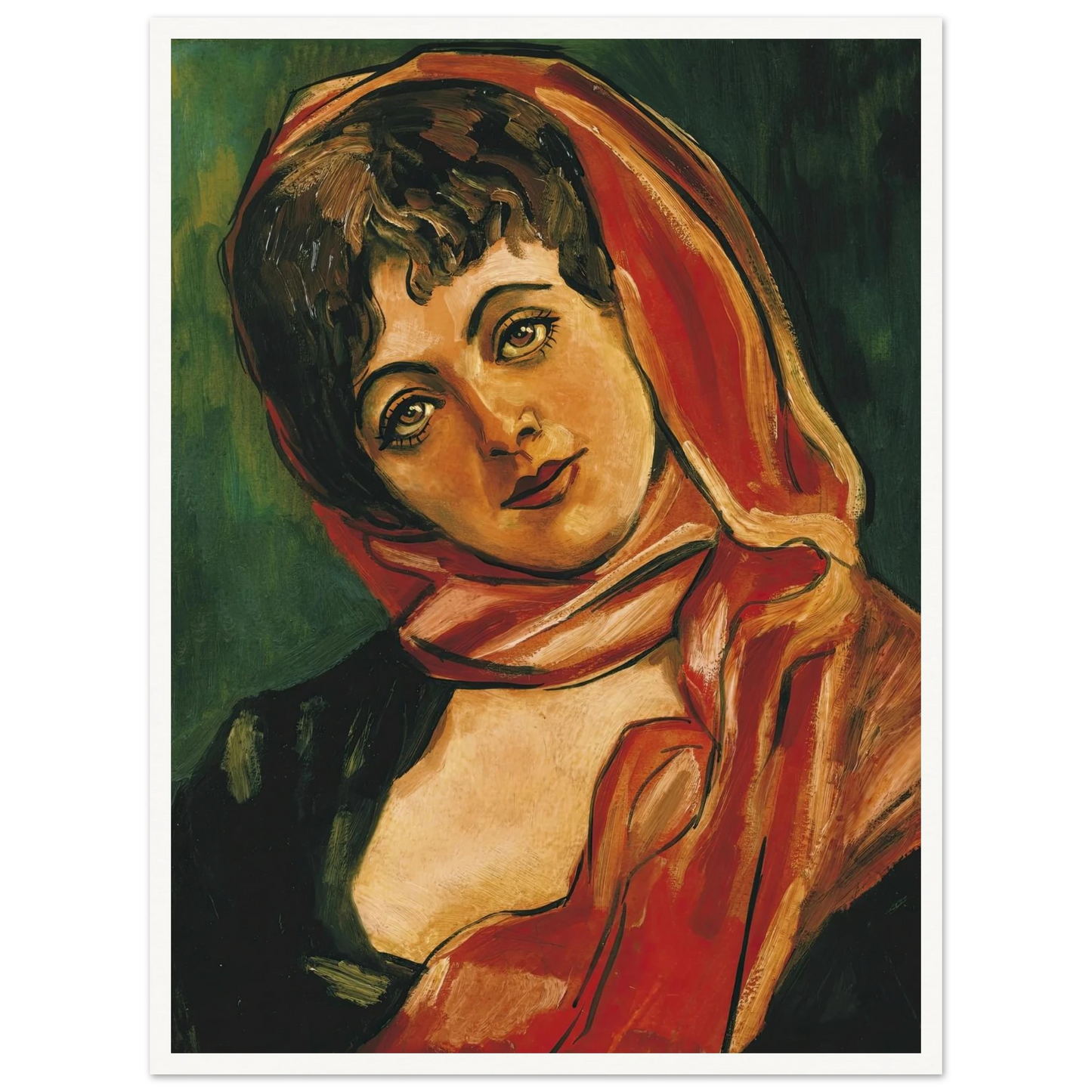
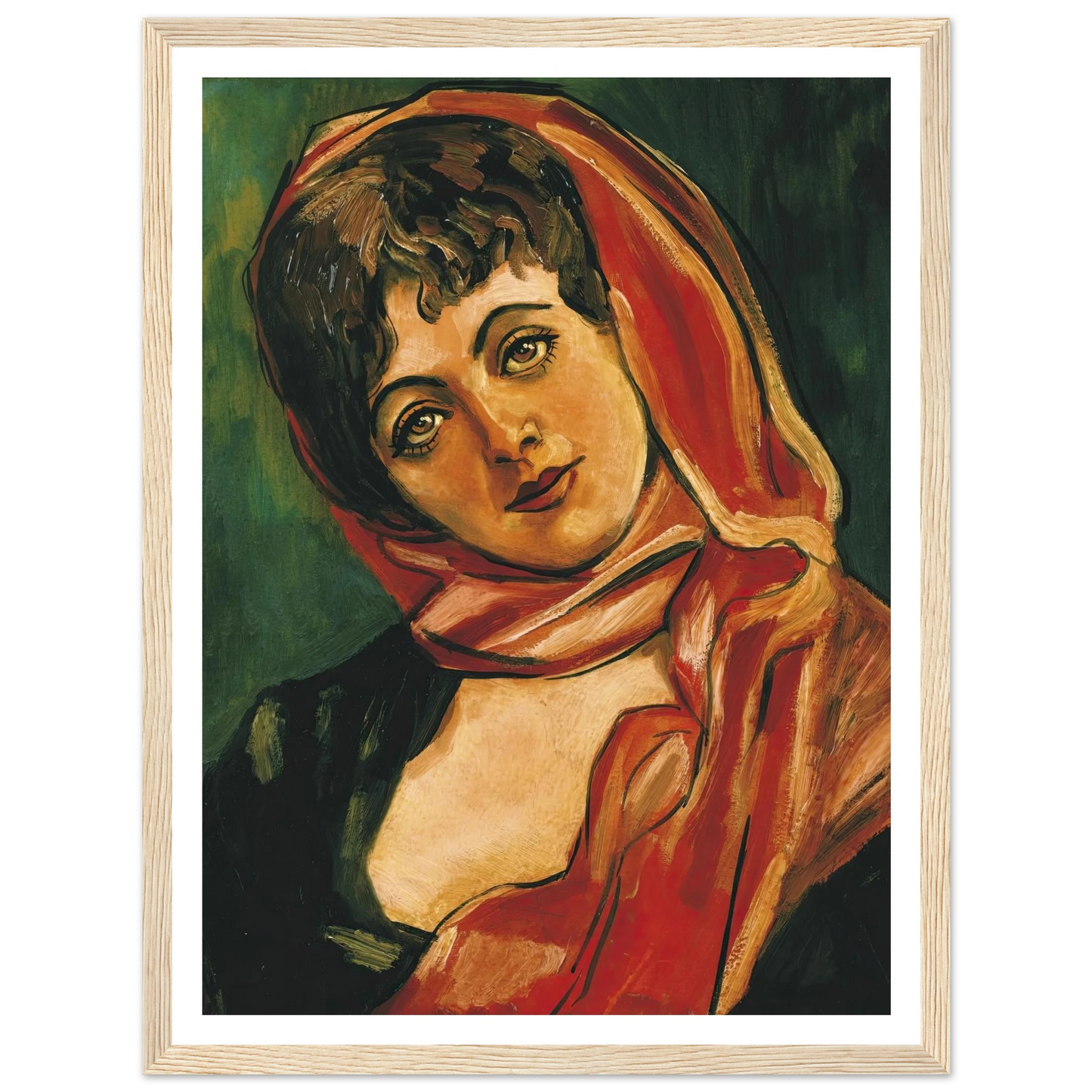
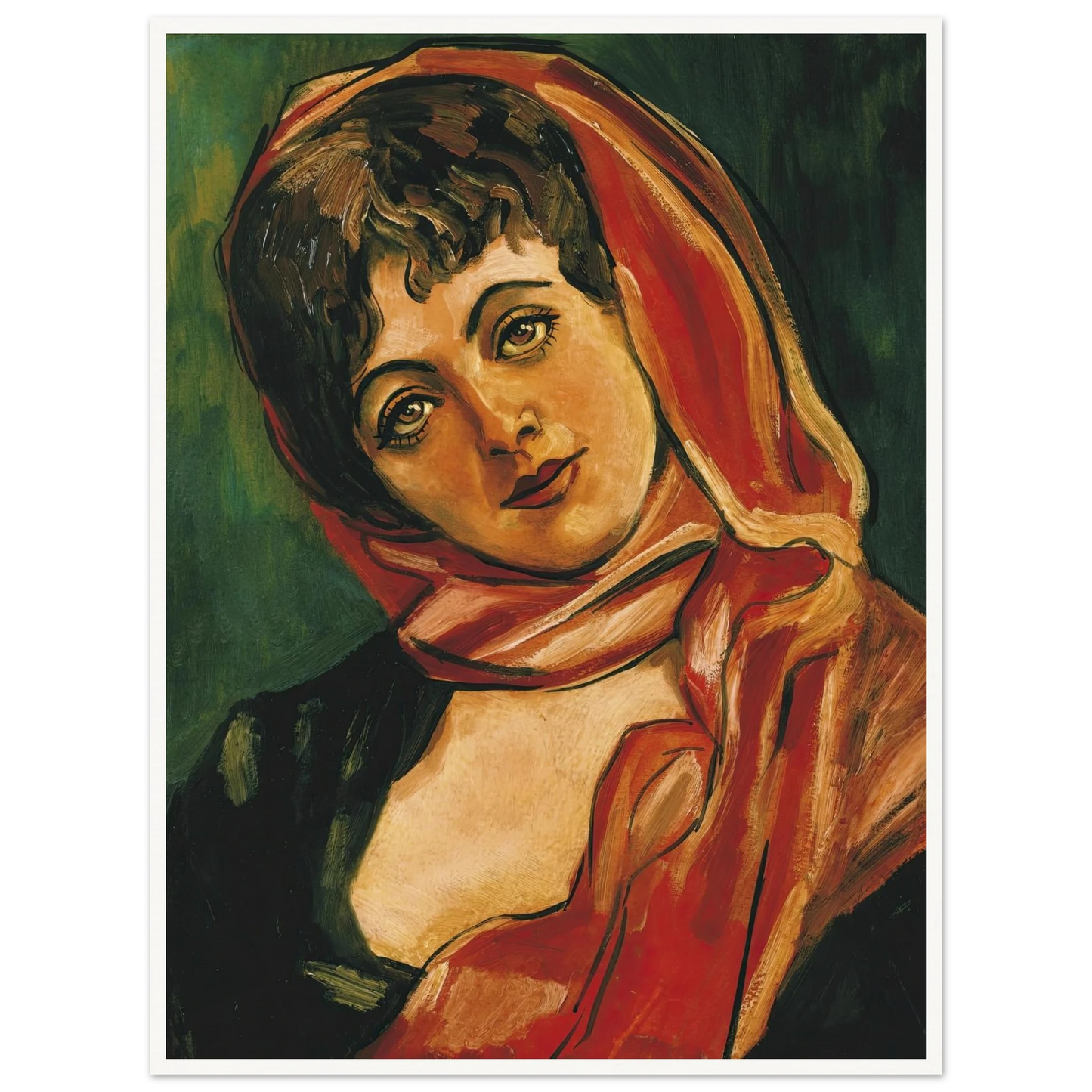
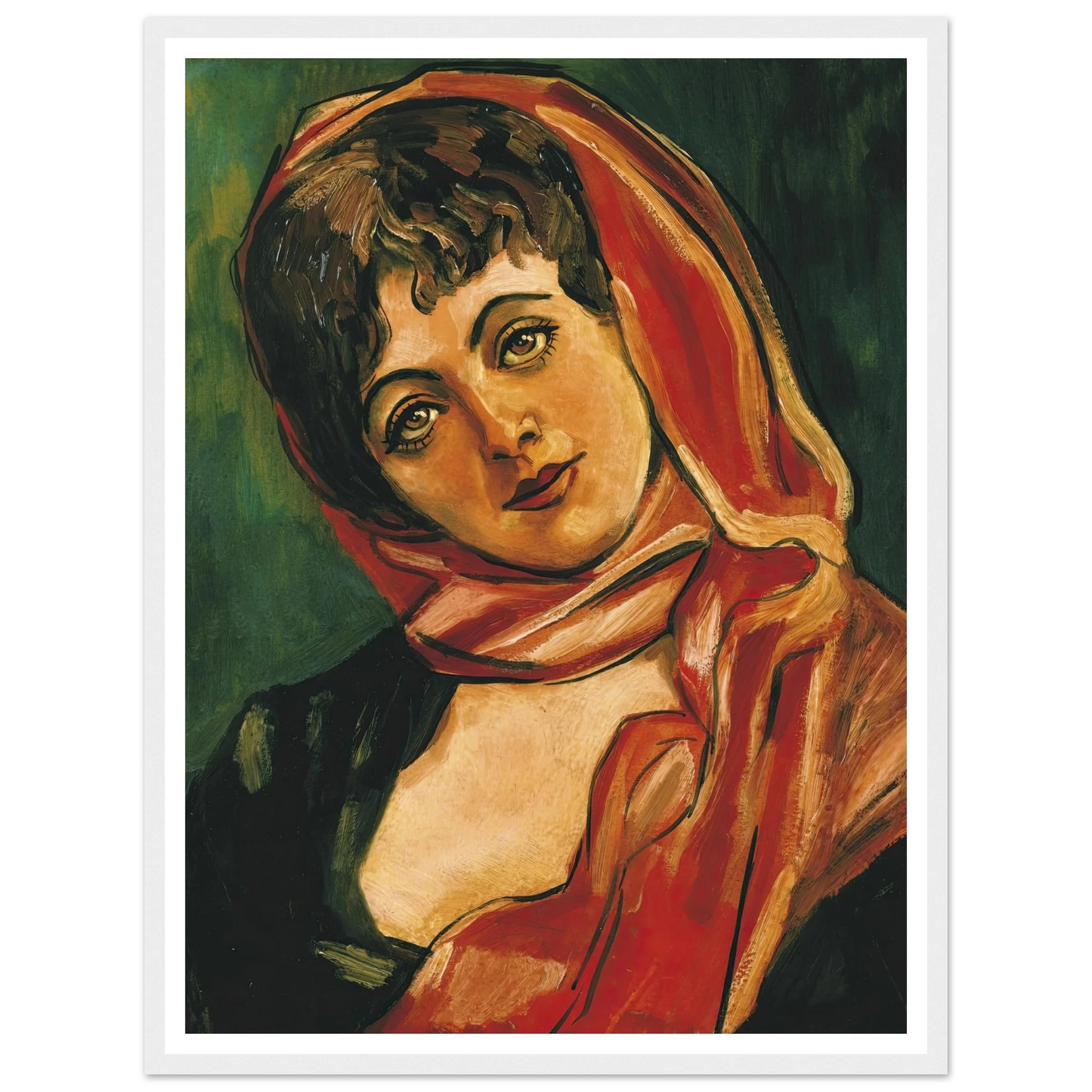
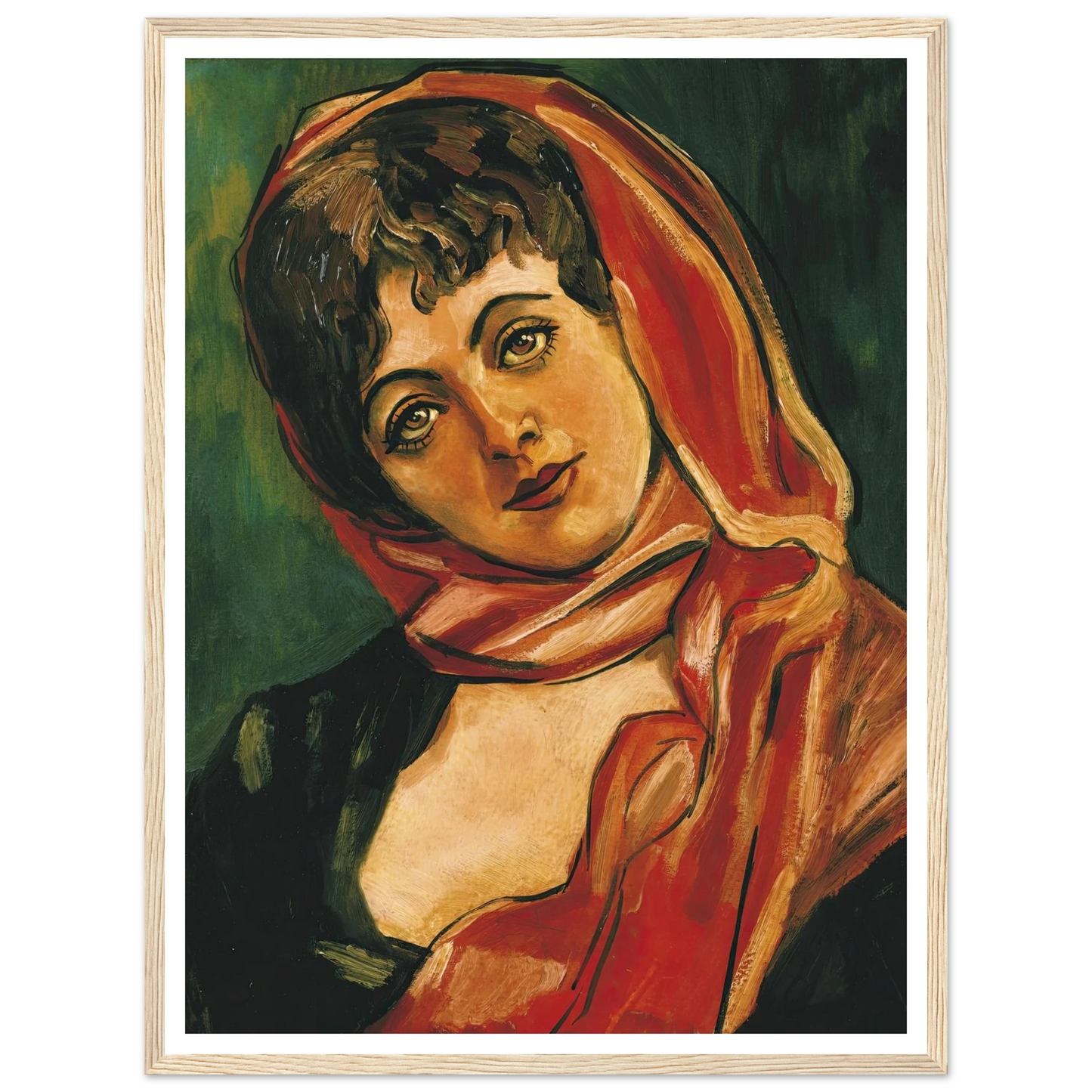

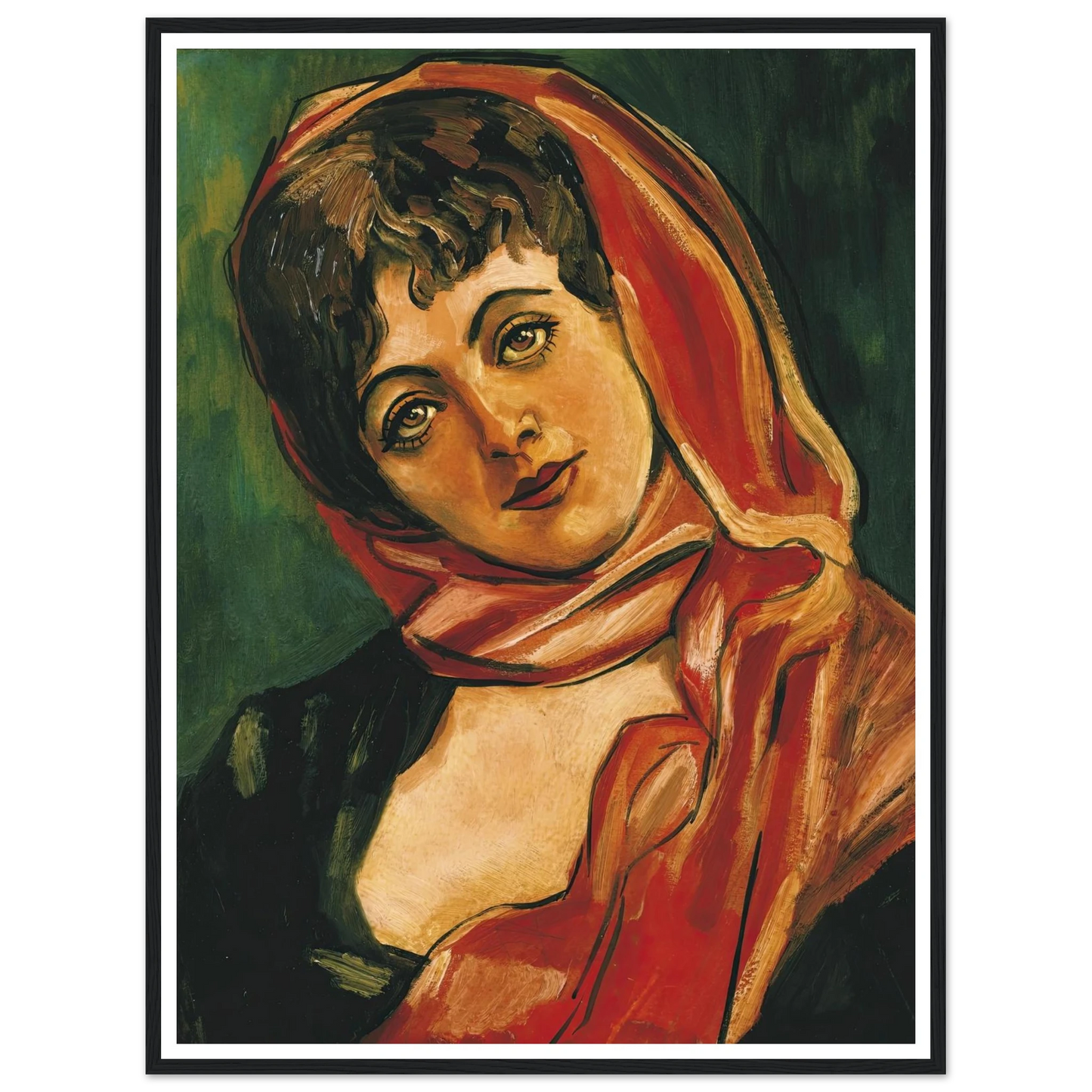
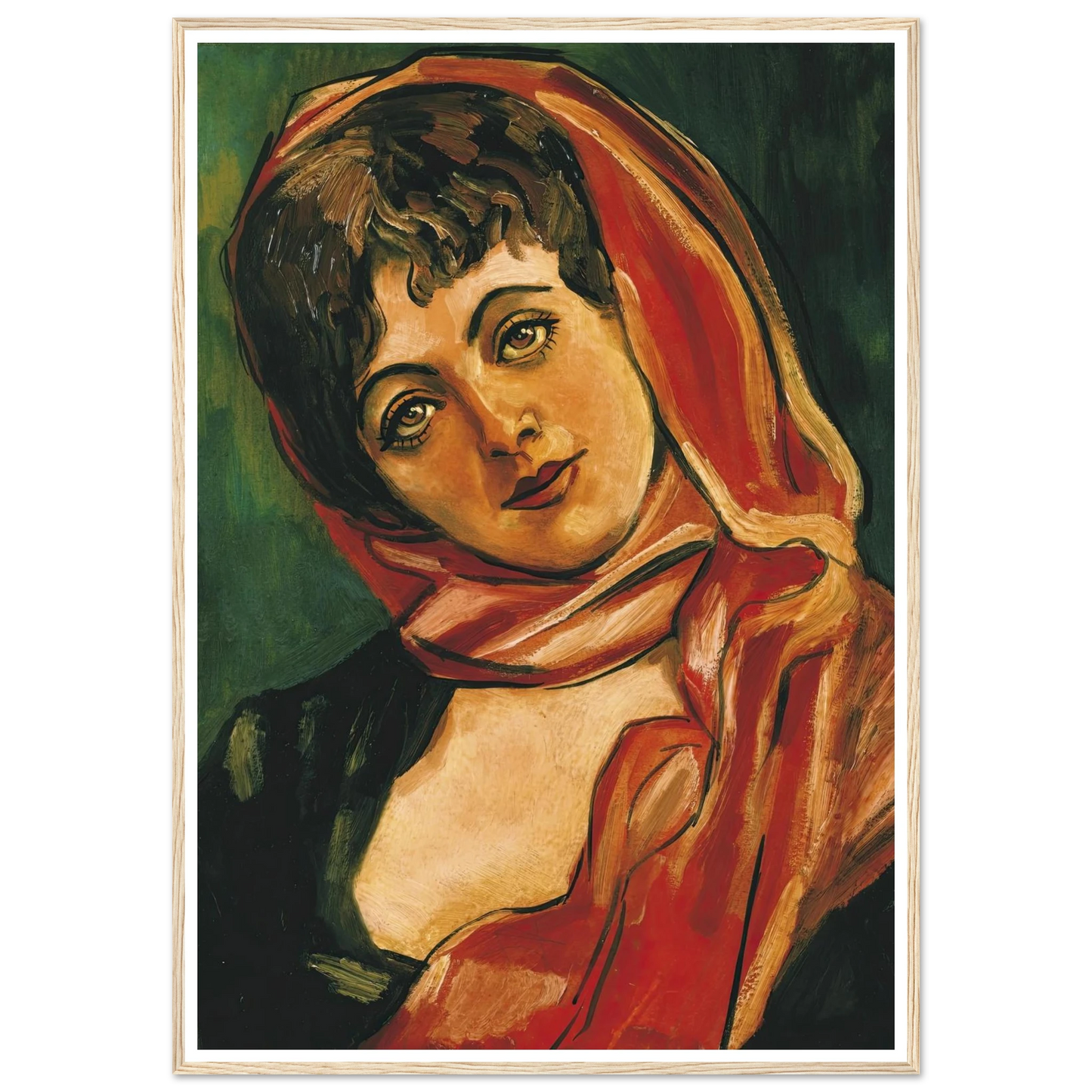
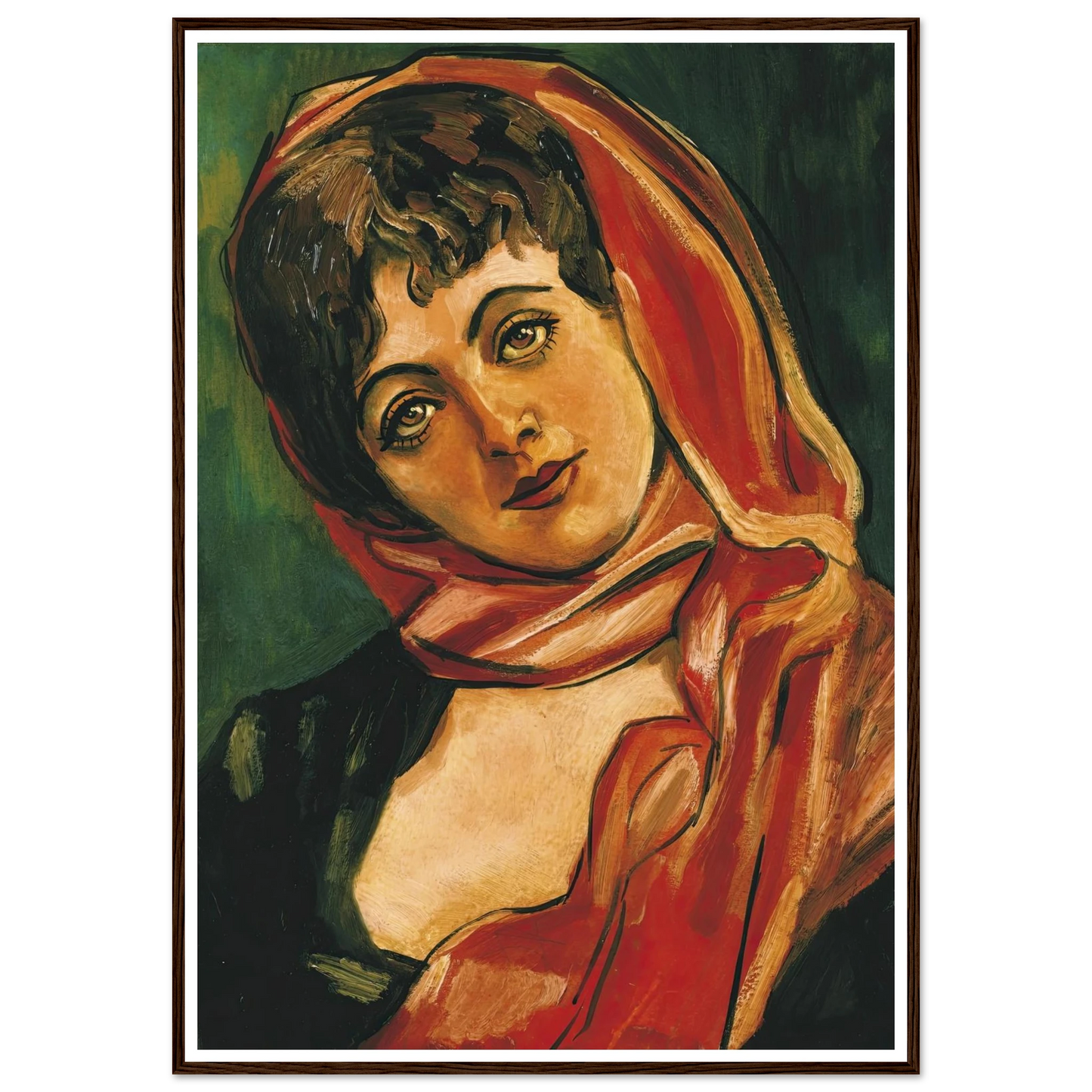
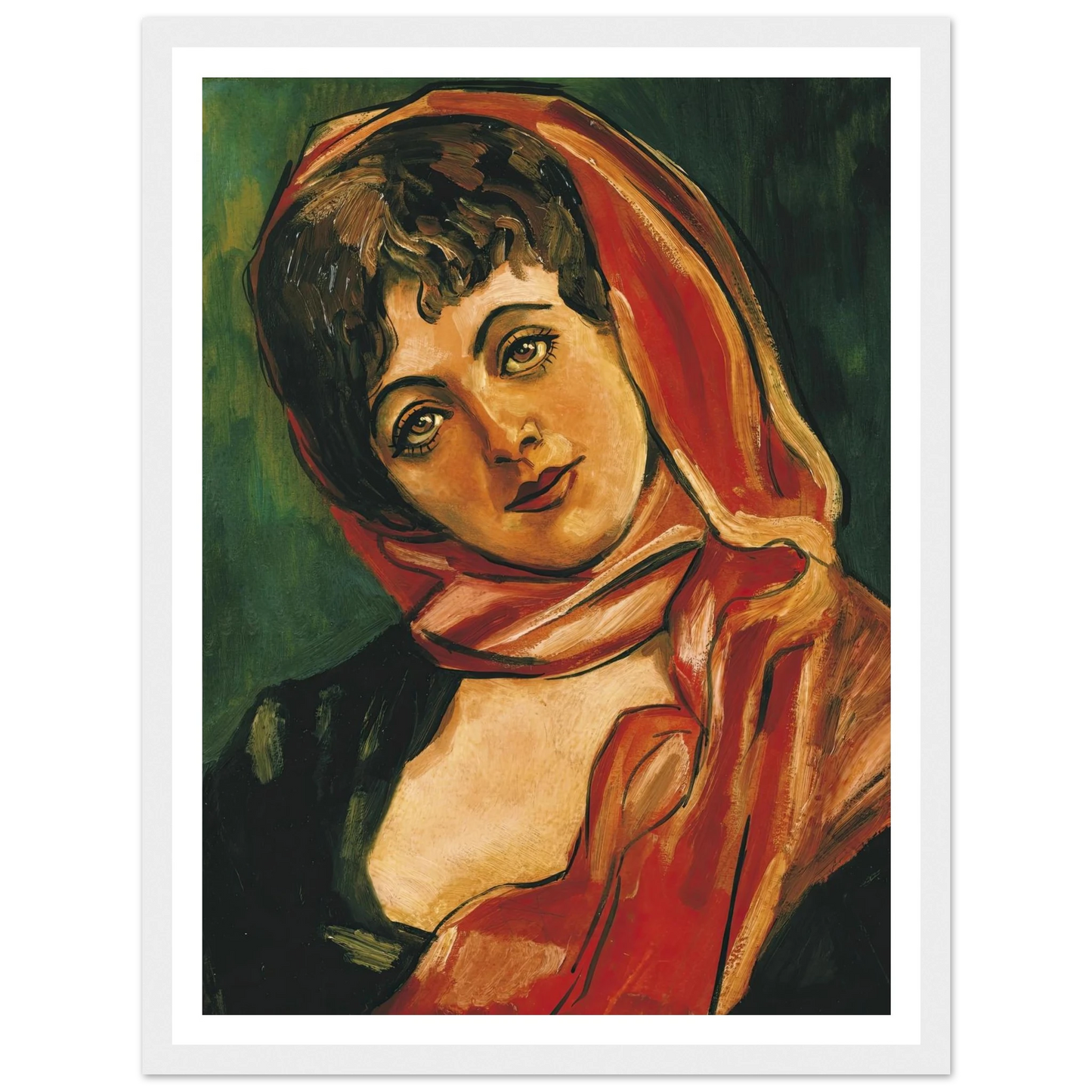
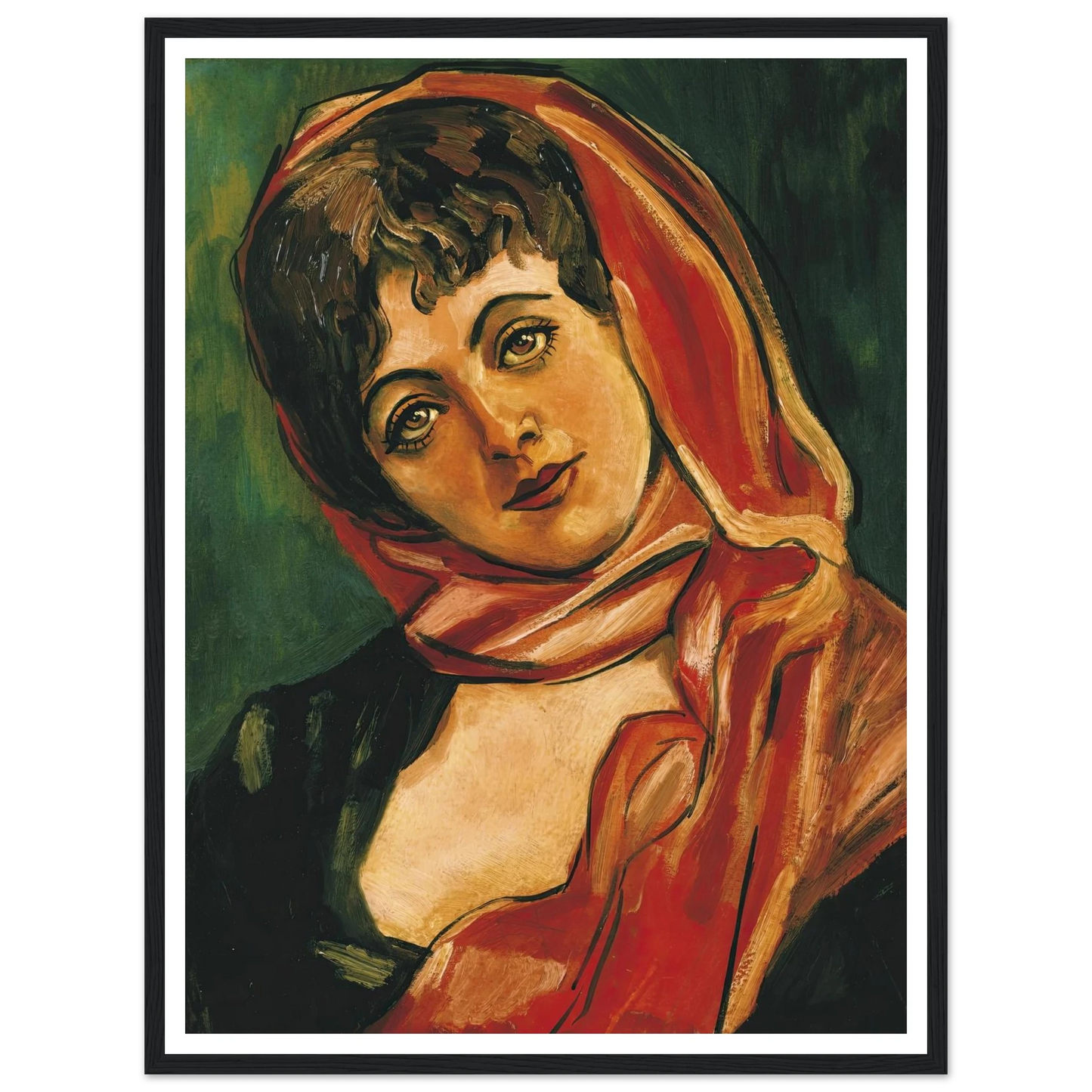
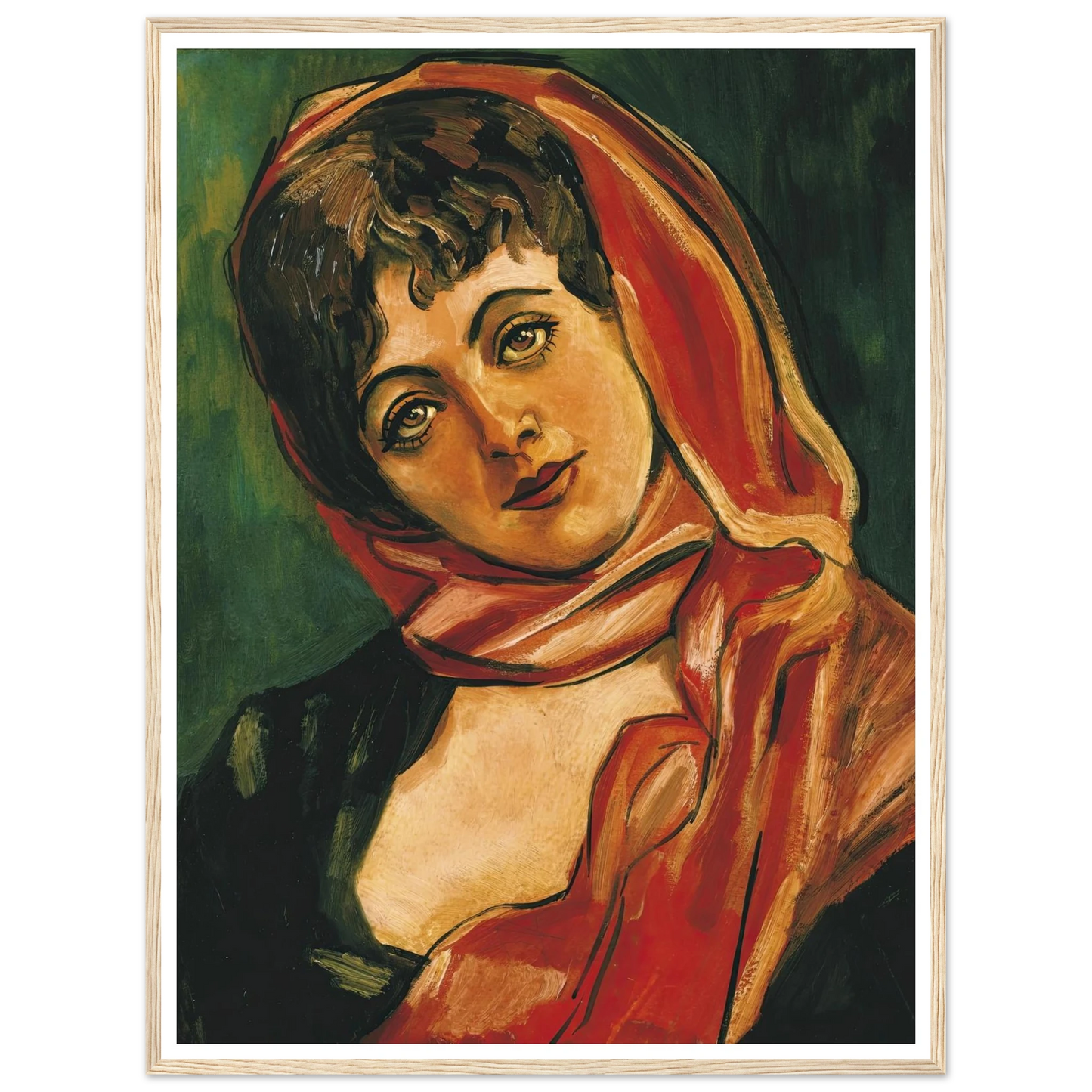
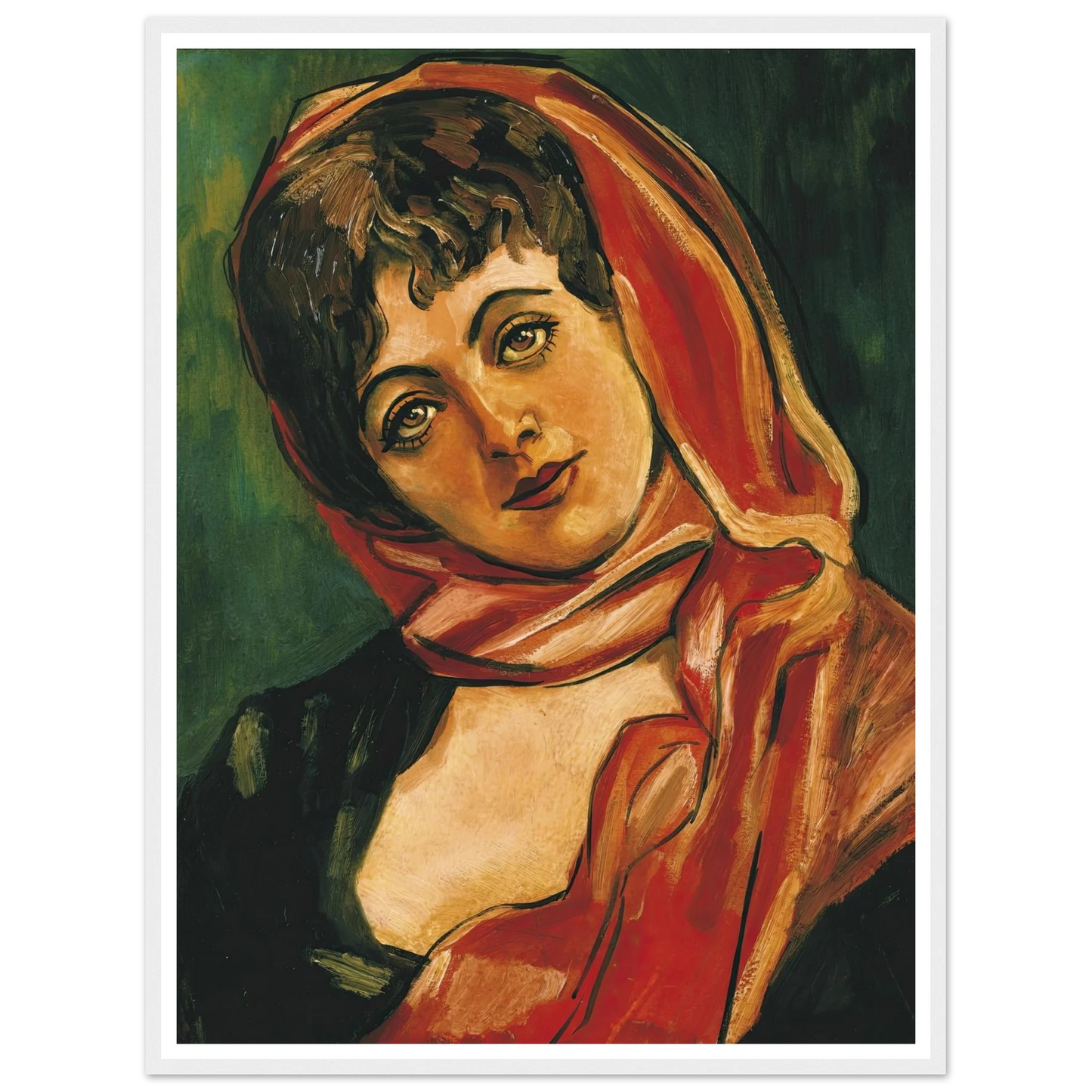
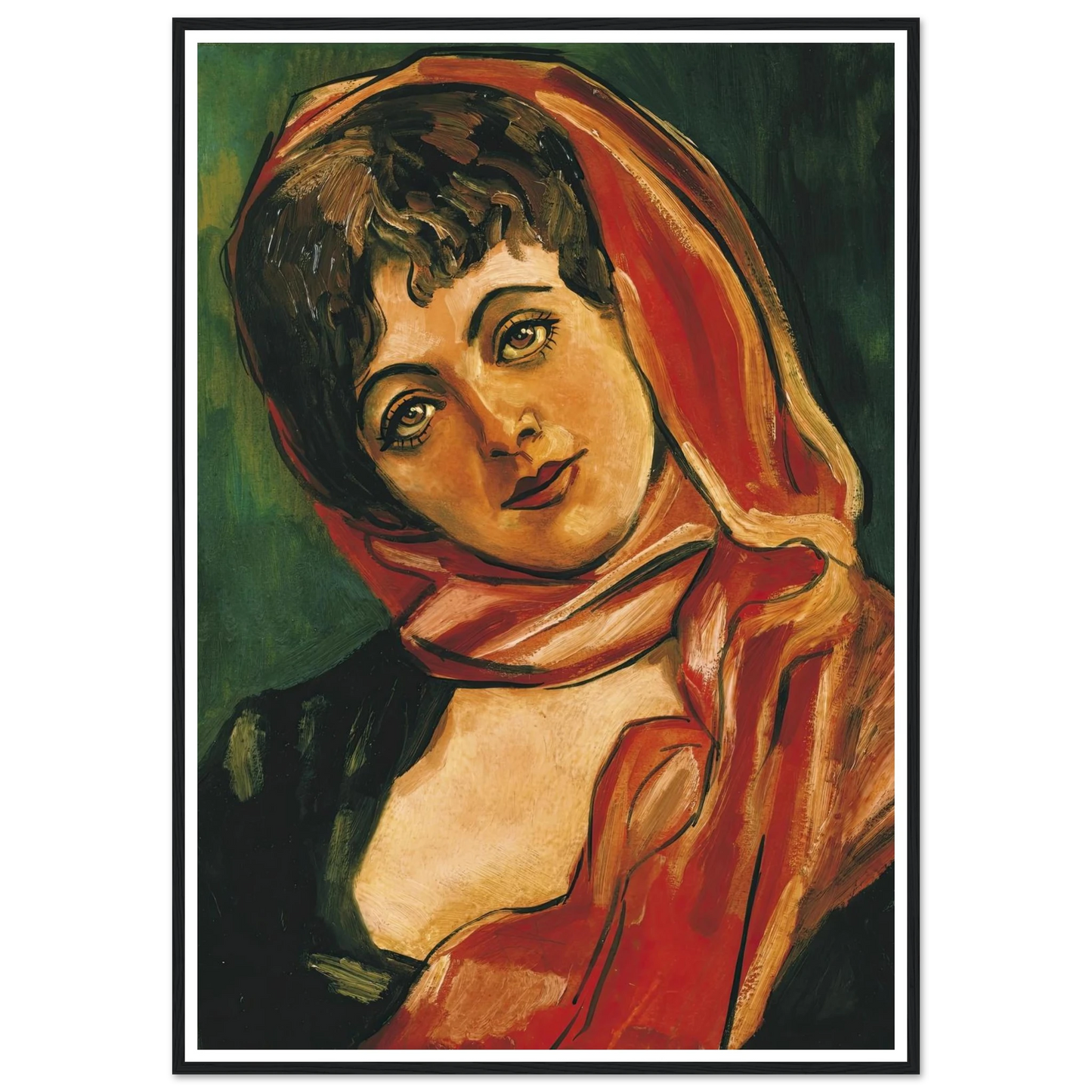
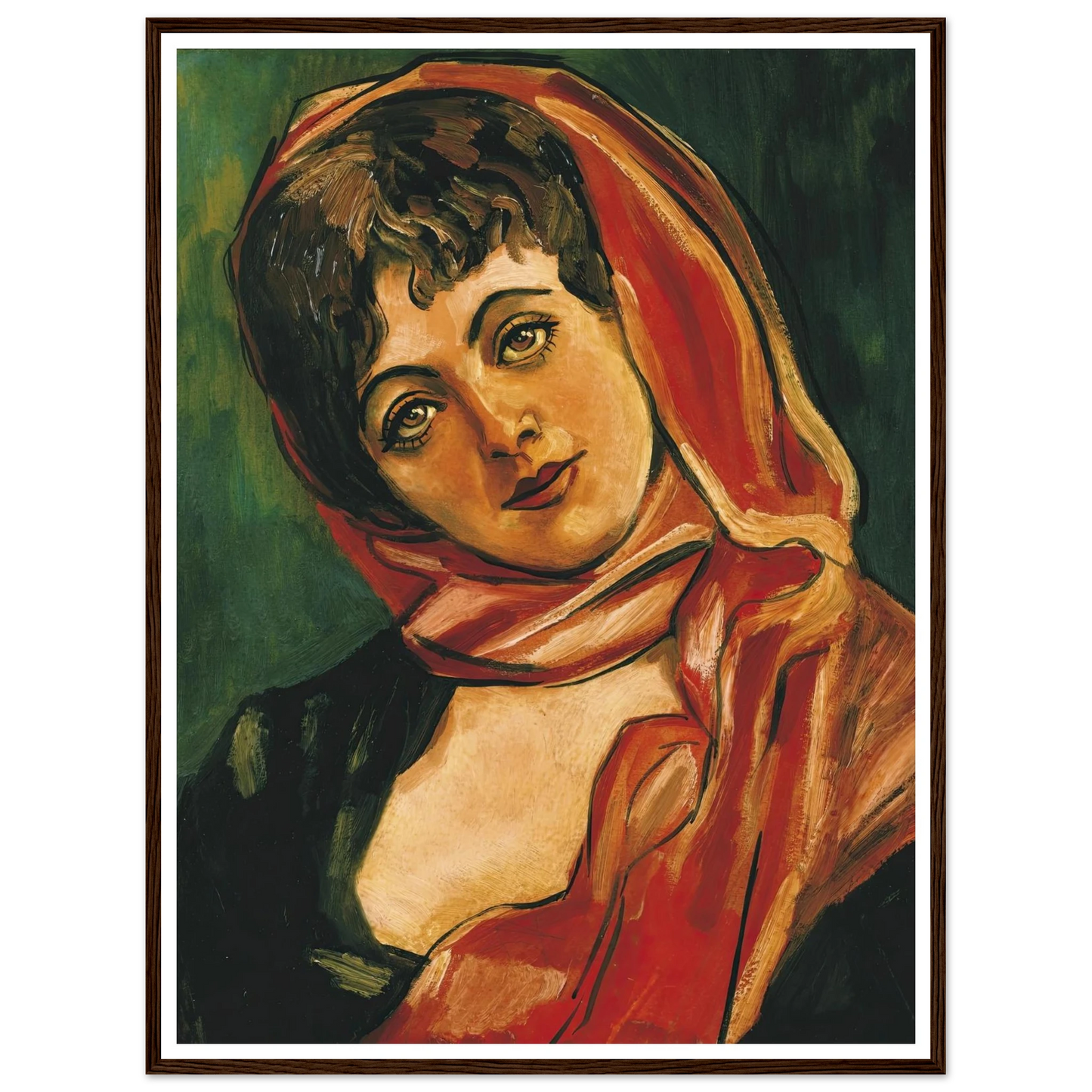
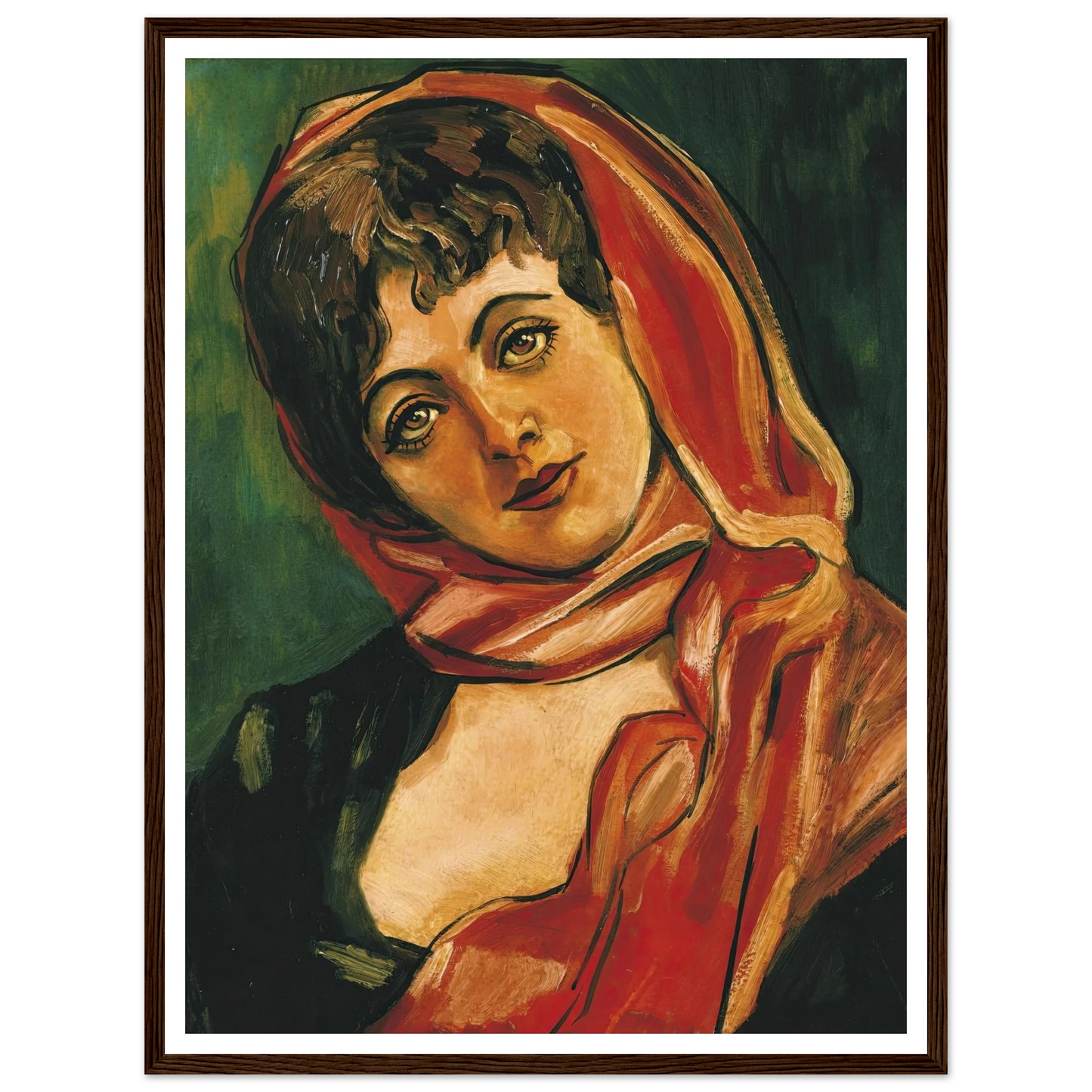
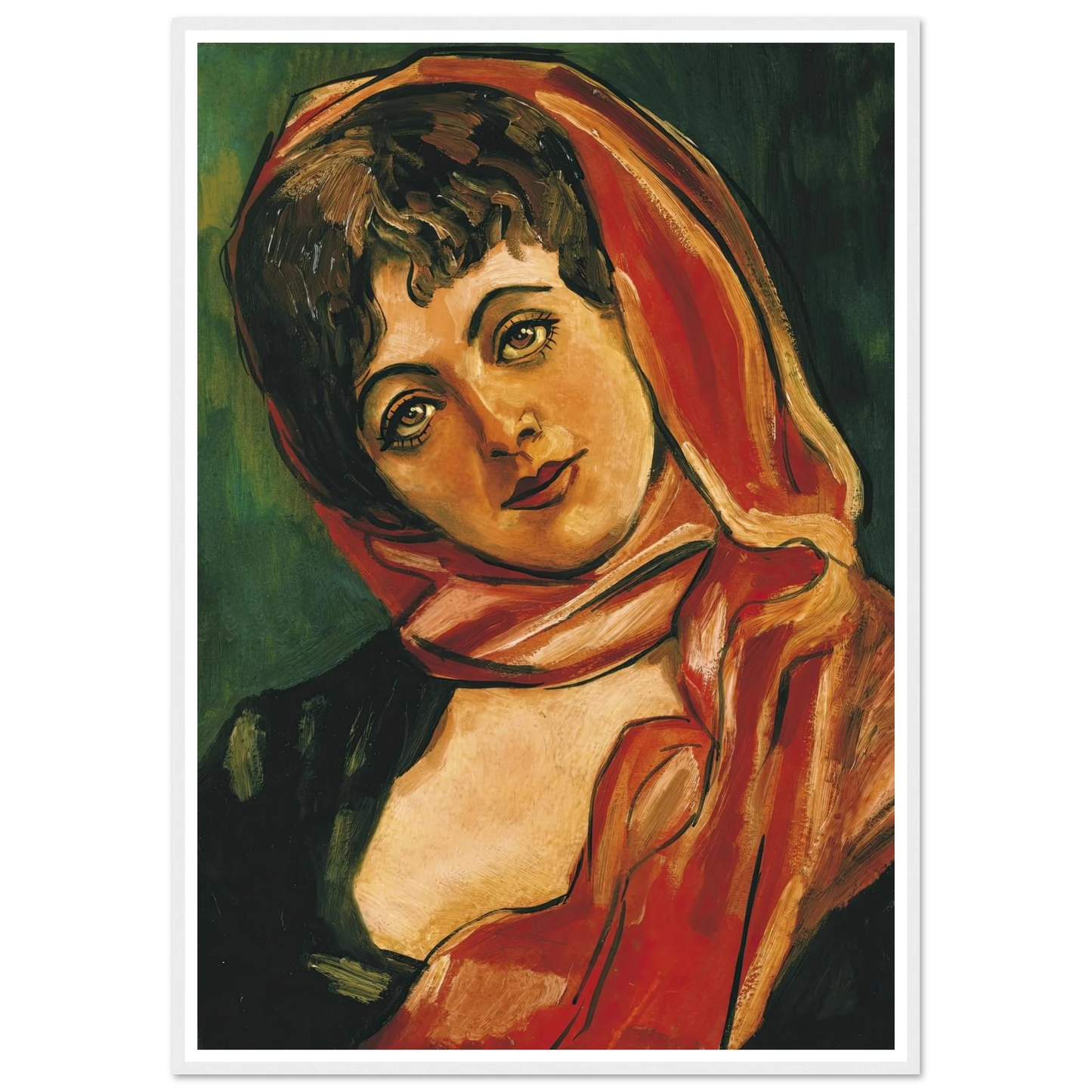
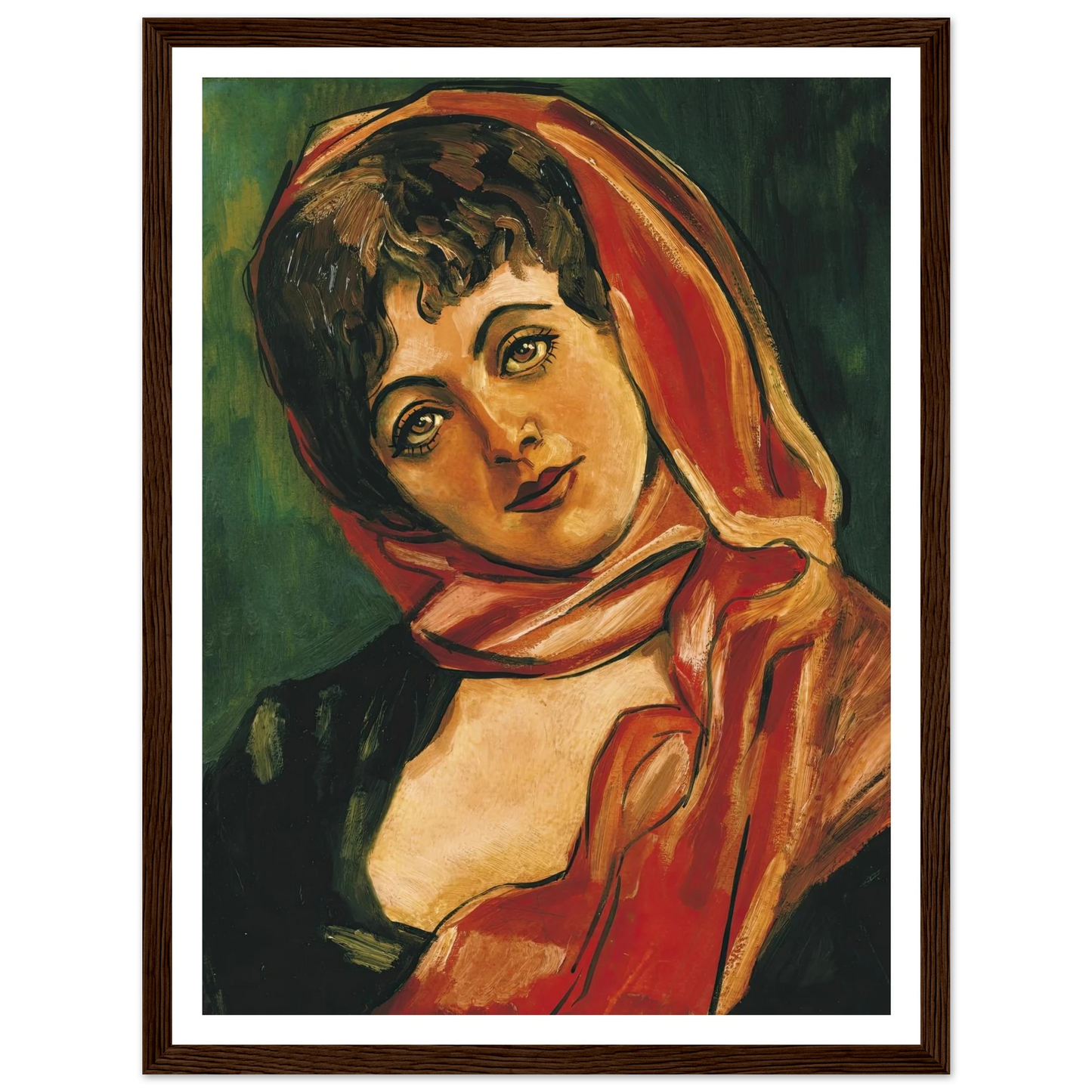
Der Quipham-Unterschied
Bei Quipham erwecken wir jedes Meisterwerk zu seinem ursprünglichen Glanz – genau wie Klimt es sich vorgestellt hat. Von mattem Gold bis hin zu strahlendem Schimmer wird jedes Detail für eine atemberaubende, hochwertige Präsentation zu neuem Leben erweckt.
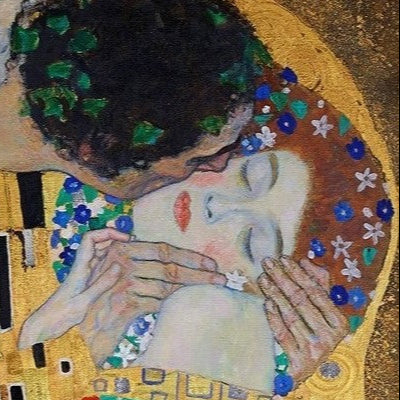
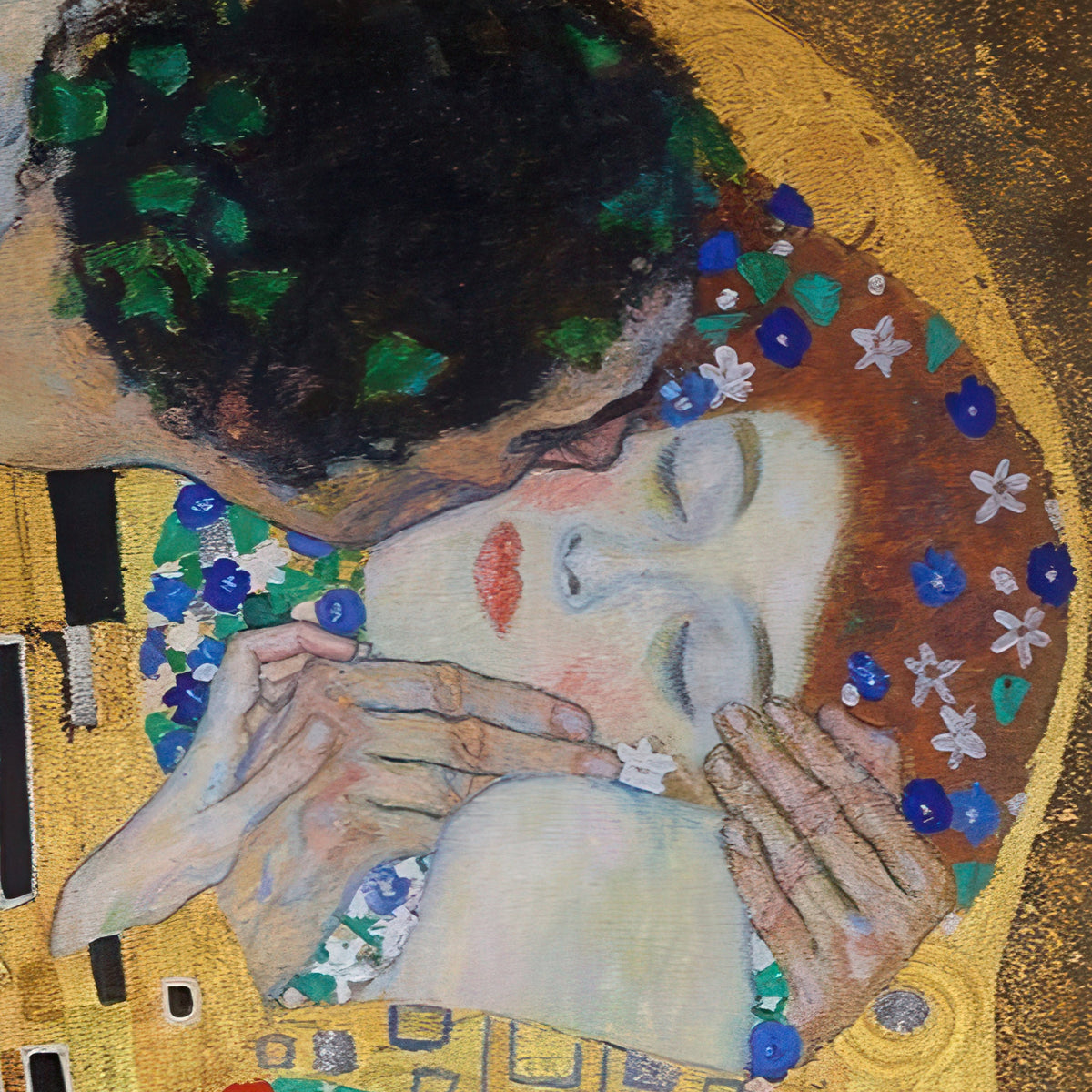
Zeitlose Kunst, moderne Räume
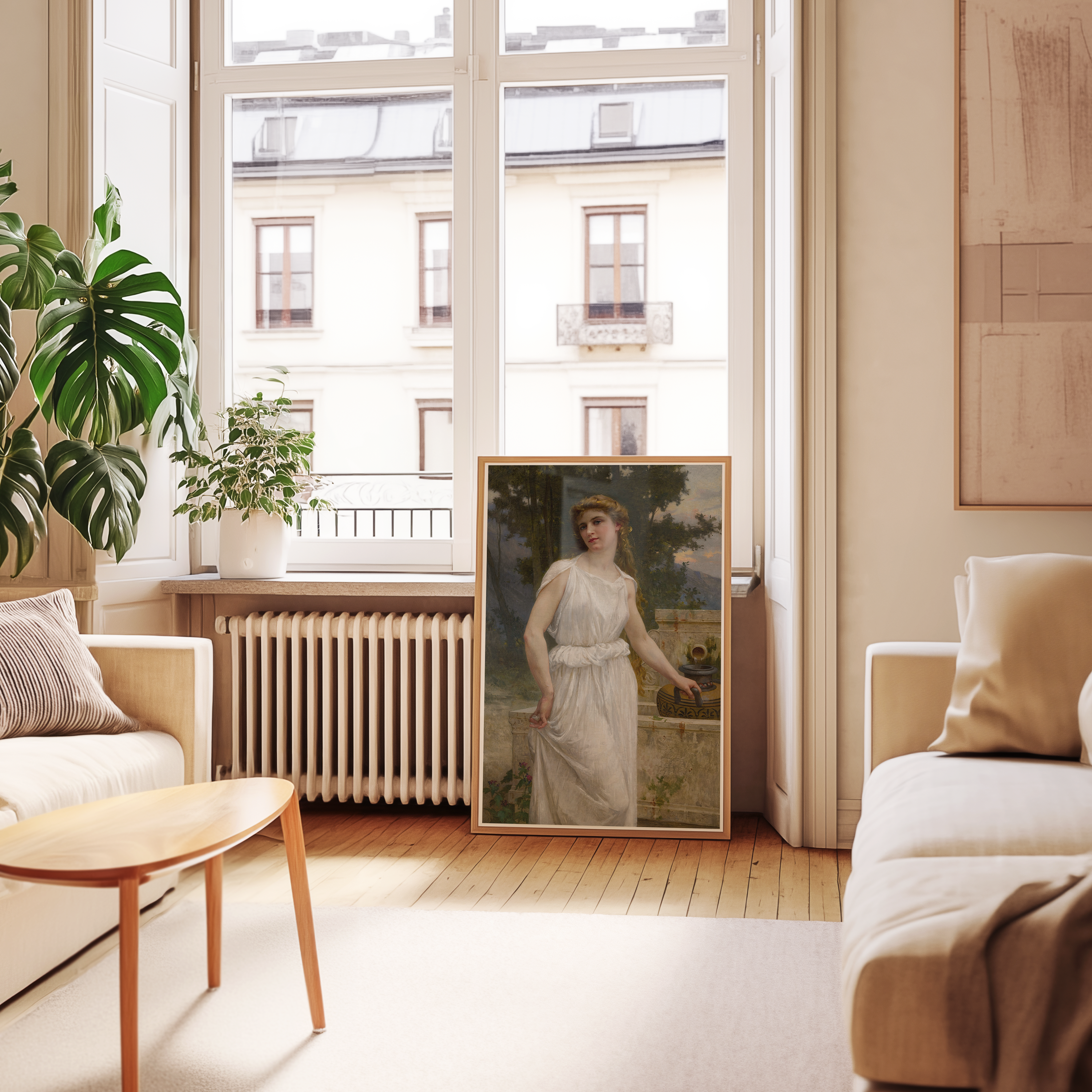
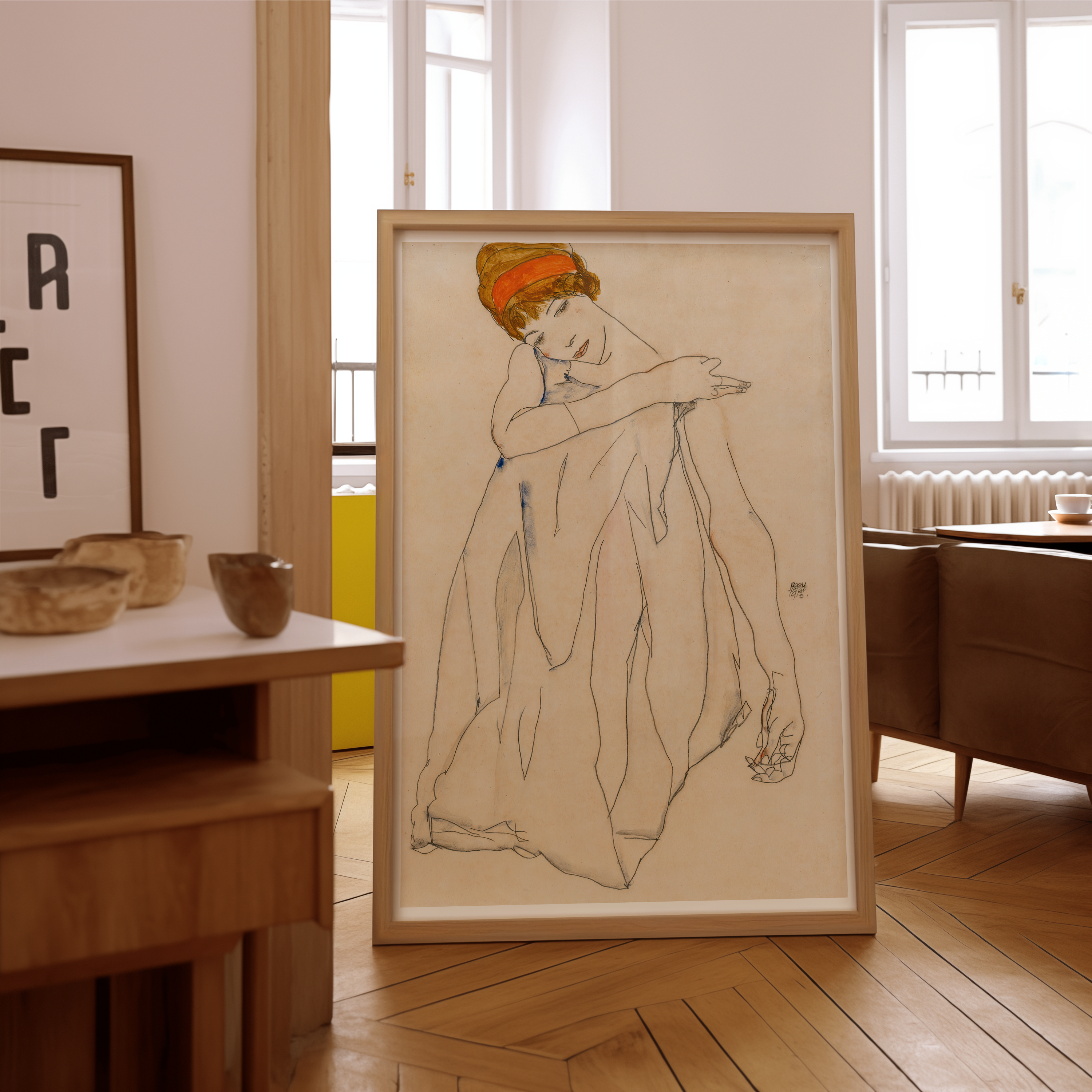
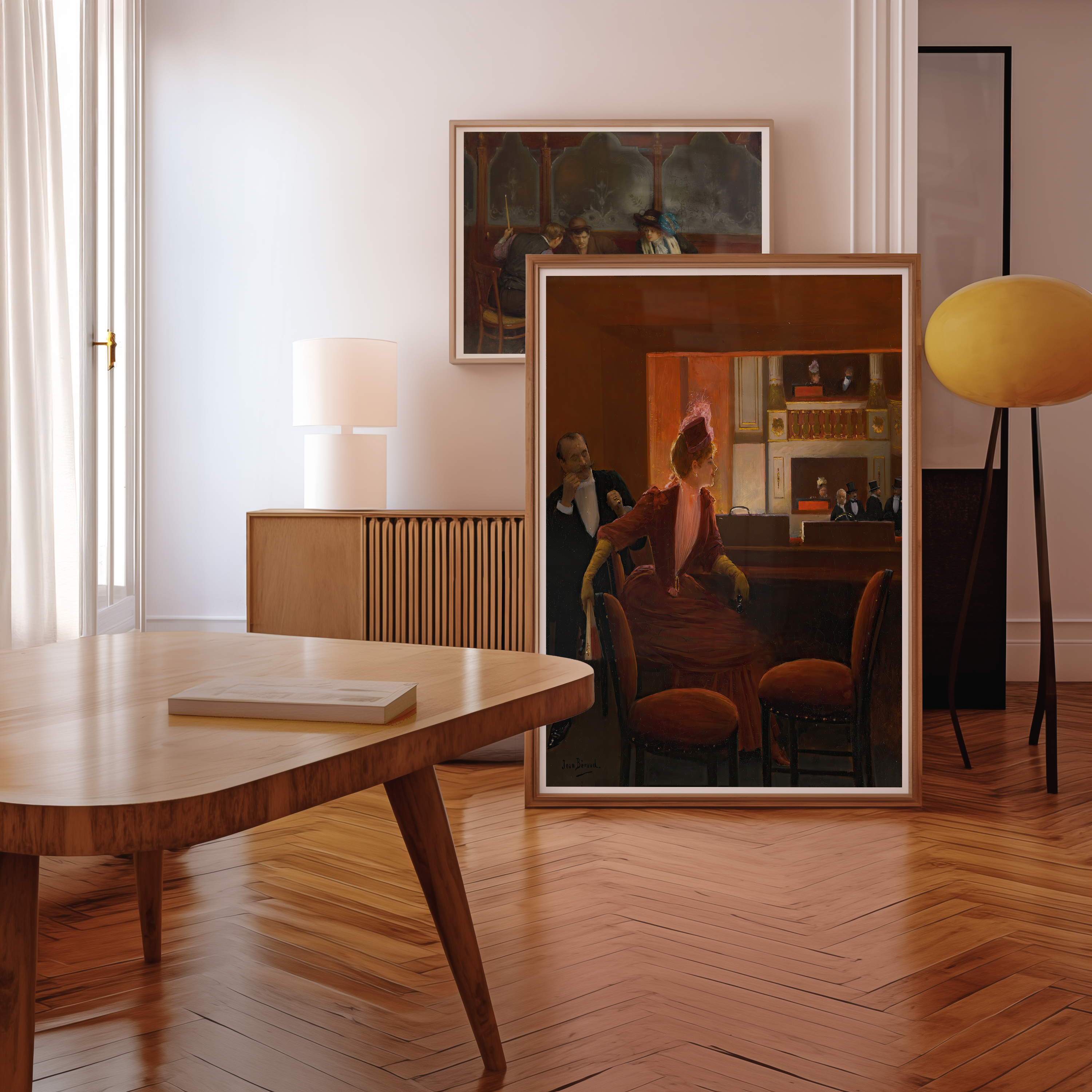
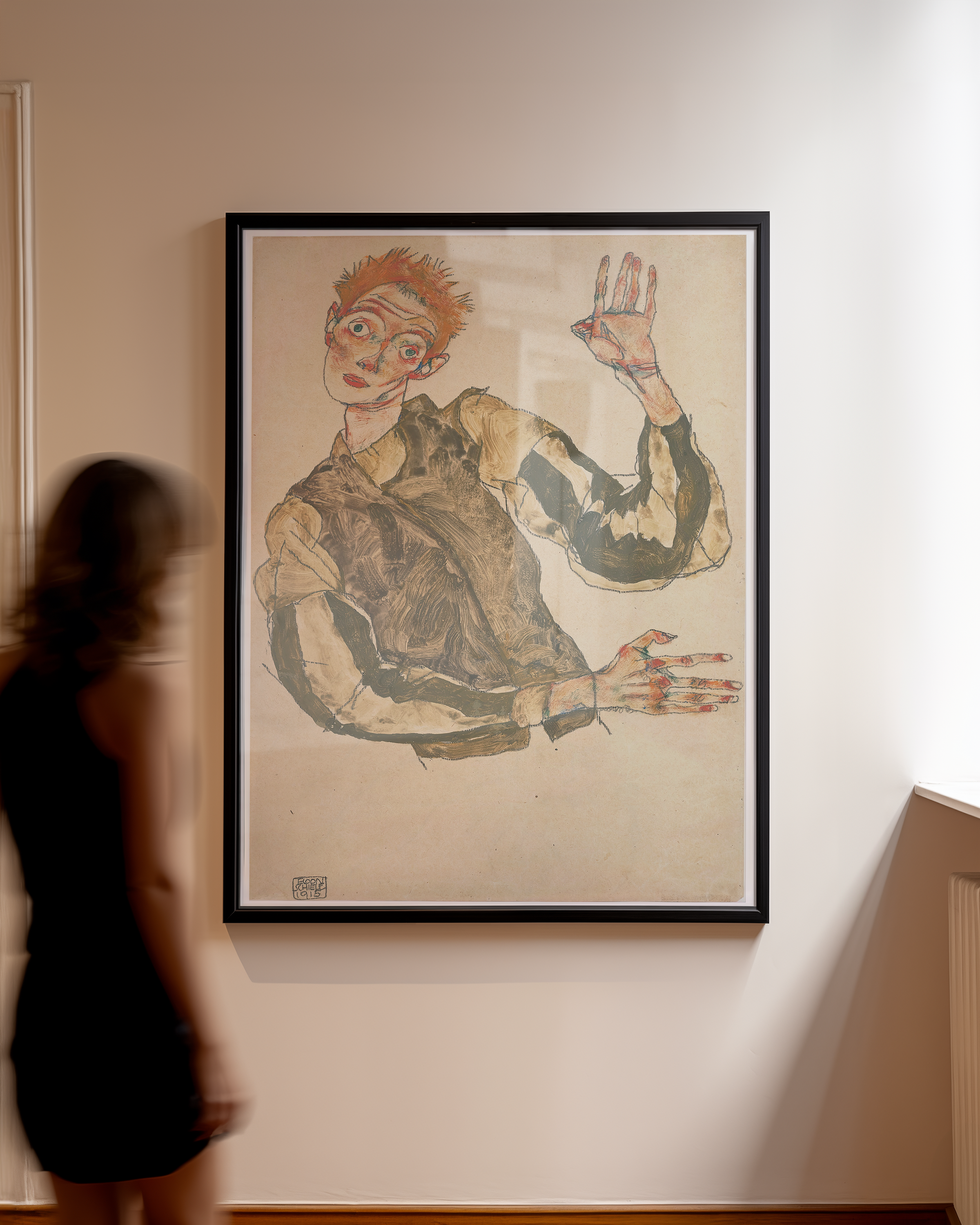
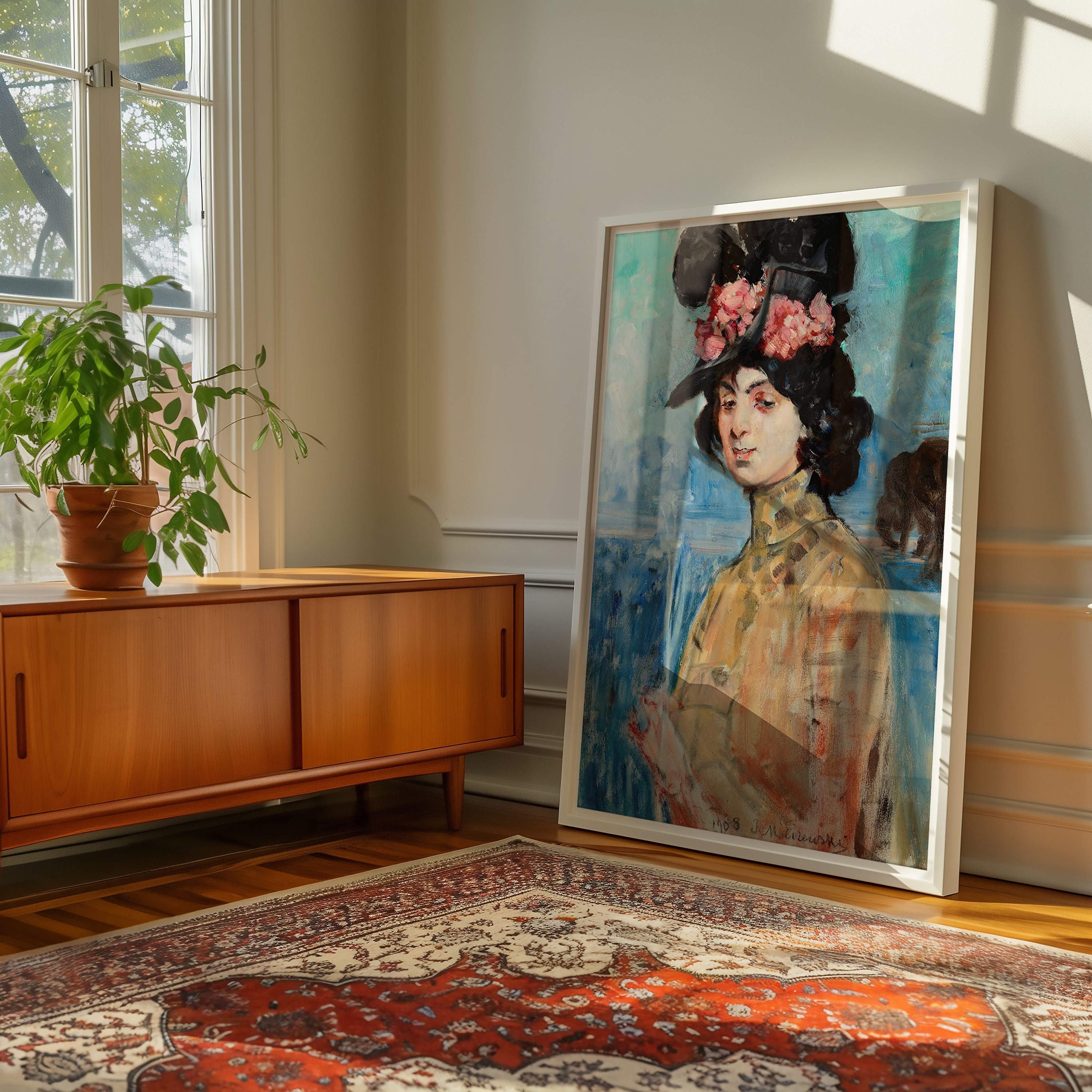
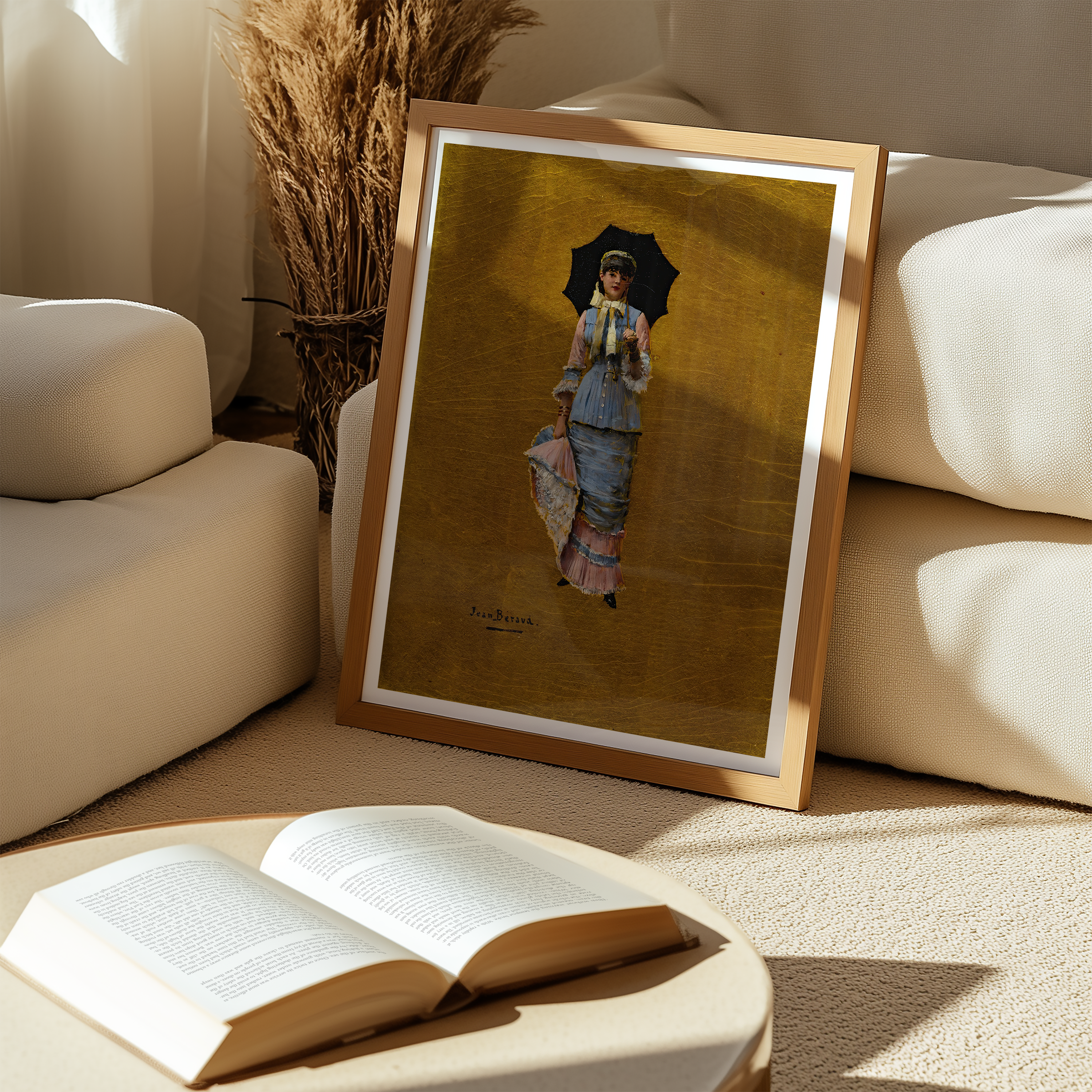


















Entdecken Sie mehr vom Künstler
-
Victoire française (1940) Art Print | Francis Picabia
Normaler Preis Von $38.00Normaler PreisGrundpreis / pro$50.00Verkaufspreis Von $38.00Sale -
Visage de Femme Art Print | Francis Picabia
Normaler Preis Von $38.00Normaler PreisGrundpreis / pro$50.00Verkaufspreis Von $38.00Sale -

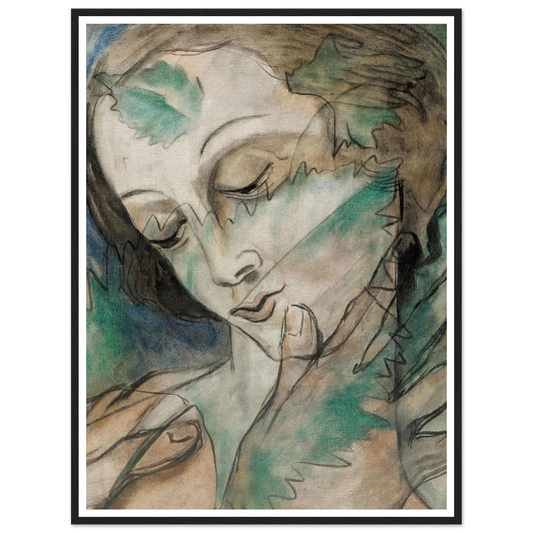 Ausverkauft
AusverkauftUntitled (1930-33) Art Print | Francis Picabia
Normaler Preis Von $38.00Normaler PreisGrundpreis / pro$50.00Verkaufspreis Von $38.00Ausverkauft -
Tête de cheval (1930-35) Art Print | Francis Picabia
Normaler Preis Von $38.00Normaler PreisGrundpreis / pro$50.00Verkaufspreis Von $38.00Ausverkauft -
Trois mimes Art Print | Francis Picabia
Normaler Preis Von $38.00Normaler PreisGrundpreis / pro$50.00Verkaufspreis Von $38.00Sale -
Sans titre (Visage de femme) Art Print | Francis Picabia
Normaler Preis Von $39.00Normaler PreisGrundpreis / pro$52.00Verkaufspreis Von $39.00Sale -
Sans titre (circa 1940-1942) Art Print | Francis Picabia
Normaler Preis Von $38.00Normaler PreisGrundpreis / pro$50.00Verkaufspreis Von $38.00Sale -
Sans titre (circa 1940 - 1942) Art Print | Francis Picabia
Normaler Preis Von $38.00Normaler PreisGrundpreis / pro$50.00Verkaufspreis Von $38.00Sale -
Sans titre (1947) Art Print | Francis Picabia
Normaler Preis Von $38.00Normaler PreisGrundpreis / pro$50.00Verkaufspreis Von $38.00Sale -
Sans titre (circa 1925-1927) Art Print | Francis Picabia
Normaler Preis Von $38.00Normaler PreisGrundpreis / pro$50.00Verkaufspreis Von $38.00Ausverkauft -
Sans titre (1939) Art Print | Francis Picabia
Normaler Preis Von $38.00Normaler PreisGrundpreis / pro$50.00Verkaufspreis Von $38.00Sale -
Notre-Dame, effet de soleil (1906) Art Print | Francis Picabia
Normaler Preis Von $38.00Normaler PreisGrundpreis / pro$50.00Verkaufspreis Von $38.00Sale -
Maintenant et autrefois (1946) Art Print | Francis Picabia
Normaler Preis Von $38.00Normaler PreisGrundpreis / pro$50.00Verkaufspreis Von $38.00Sale -
Myrte (1928) Art Print | Francis Picabia
Normaler Preis Von $38.00Normaler PreisGrundpreis / pro$50.00Verkaufspreis Von $38.00Sale
Kuratierte Favoriten
-
Selbstporträt mit grauem Filzhut (1887) Kunstdruck | Vincent van Gogh
Normaler Preis Von $38.00Normaler PreisGrundpreis / pro$50.00Verkaufspreis Von $38.00Sale -
Der Kuss (Liebespaar) (1908) Kunstdruck | Gustav Klimt
Normaler Preis Von $38.00Normaler PreisGrundpreis / pro$50.00Verkaufspreis Von $38.00Sale -
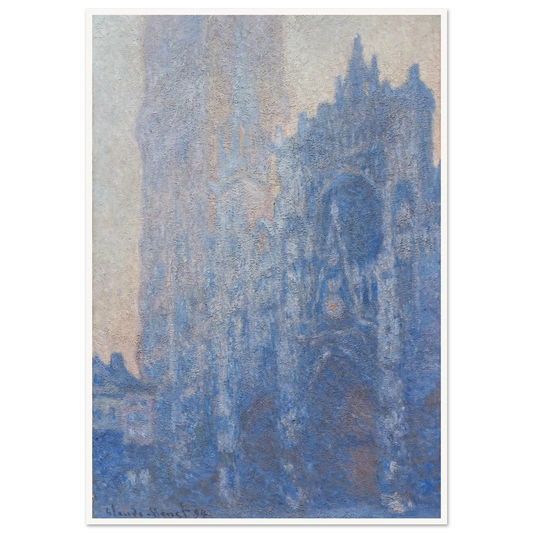
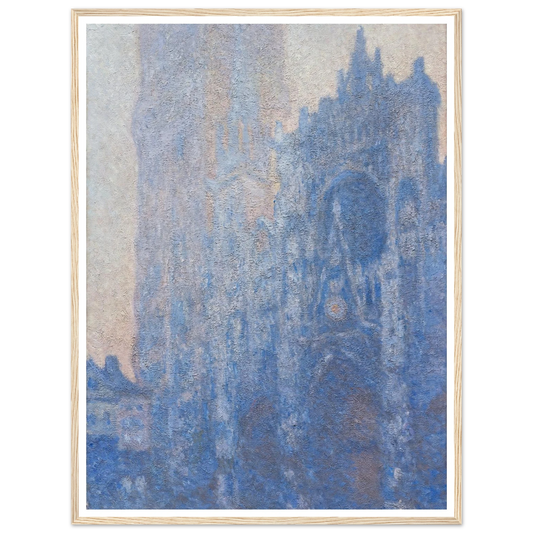
Fassade der Kathedrale von Rouen und Tour d'Albane (Morgeneffekt) (1894) Kunstdruck | Claude Monet
Normaler Preis Von $38.00Normaler PreisGrundpreis / pro$50.00Verkaufspreis Von $38.00Sale -
Ein toter Mann spricht Kunstdruck | Felix Vallotton
Normaler Preis Von $38.00Normaler PreisGrundpreis / pro$50.00Verkaufspreis Von $38.00Sale -
Selbstbildnis mit gesenktem Kopf (1912) Kunstdruck | Egon Schiele
Normaler Preis Von $38.00Normaler PreisGrundpreis / pro$50.00Verkaufspreis Von $38.00Sale -
Abend (Melancholie III) (1902) Kunstdruck | Edvard Munch
Normaler Preis Von $38.00Normaler PreisGrundpreis / pro$50.00Verkaufspreis Von $38.00Sale -
Das Frühstück der Ruderer, Kunstdruck | Pierre Auguste Renoir
Normaler Preis Von $38.00Normaler PreisGrundpreis / pro$50.00Verkaufspreis Von $38.00Sale -
Marmorpapier (1900 - 1921) Kunstdruck | Franz Weiße
Normaler Preis Von $38.00Normaler PreisGrundpreis / pro$50.00Verkaufspreis Von $38.00Sale -
Jeune femme a l'ombrelle Kunstdruck | Jean Beraud
Normaler Preis Von $38.00Normaler PreisGrundpreis / pro$50.00Verkaufspreis Von $38.00Sale -
Verzweiflung (1892) Kunstdruck | Edvard Munch
Normaler Preis Von $38.00Normaler PreisGrundpreis / pro$50.00Verkaufspreis Von $38.00Sale -
Buste de femme, de profil (1884) Kunstdruck | Pierre Auguste Renoir
Normaler Preis Von $38.00Normaler PreisGrundpreis / pro$50.00Verkaufspreis Von $38.00Sale -
Kleisterpapier mit Verdrängungsdekor (Linienbündel) (1890) Kunstdruck | Anker Kyster
Normaler Preis Von $38.00Normaler PreisGrundpreis / pro$50.00Verkaufspreis Von $38.00Sale -
La petite guerre. Confusion tardive (1915) Kunstdruck | George Barbier
Normaler Preis Von $38.00Normaler PreisGrundpreis / pro$50.00Verkaufspreis Von $38.00Sale -
L'Arc-en-ciel (1909) Kunstdruck | Felix Vallotton
Normaler Preis Von $38.00Normaler PreisGrundpreis / pro$50.00Verkaufspreis Von $38.00Sale
